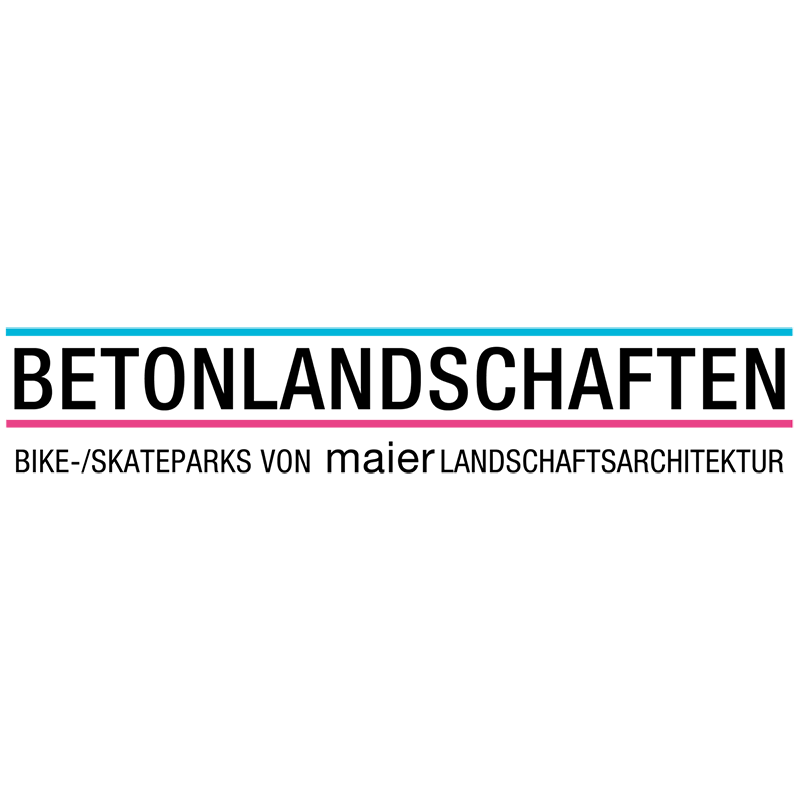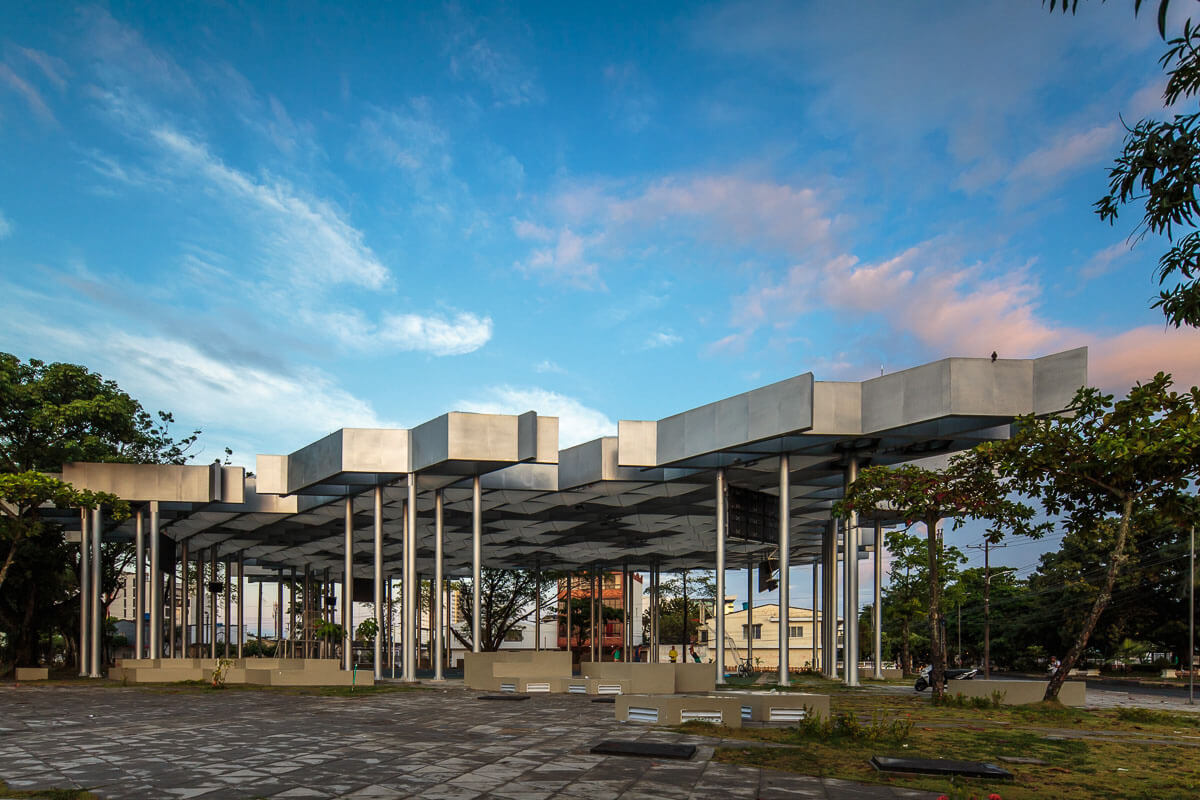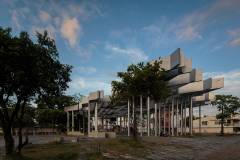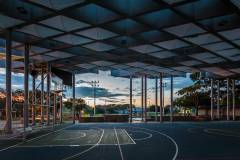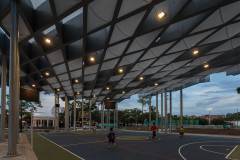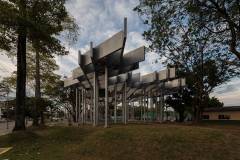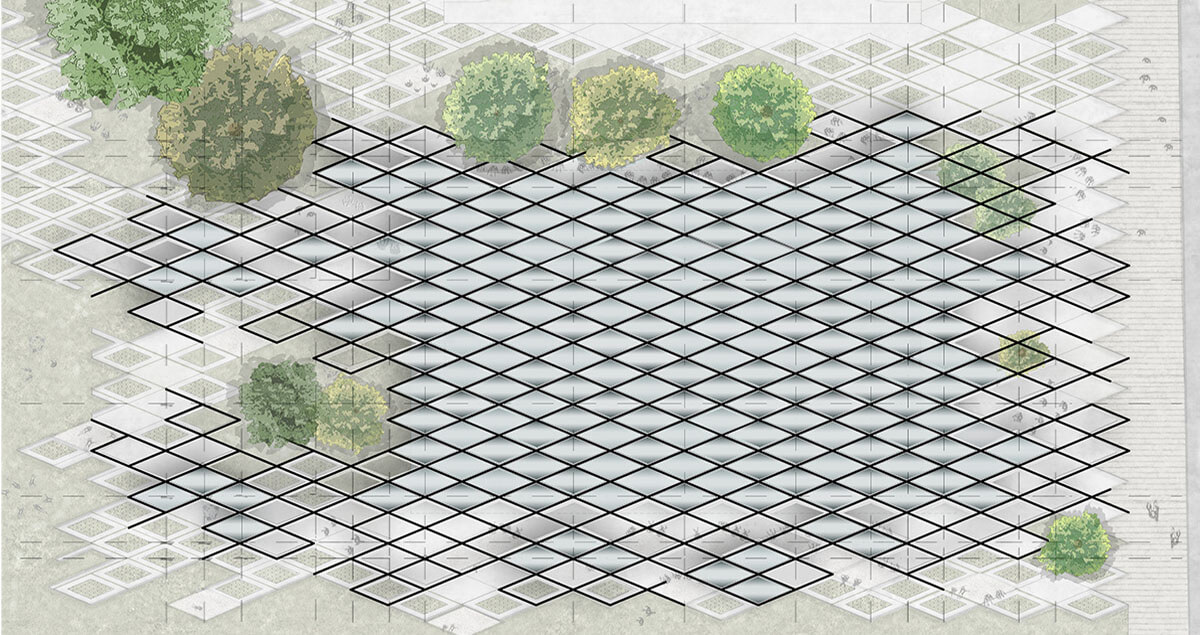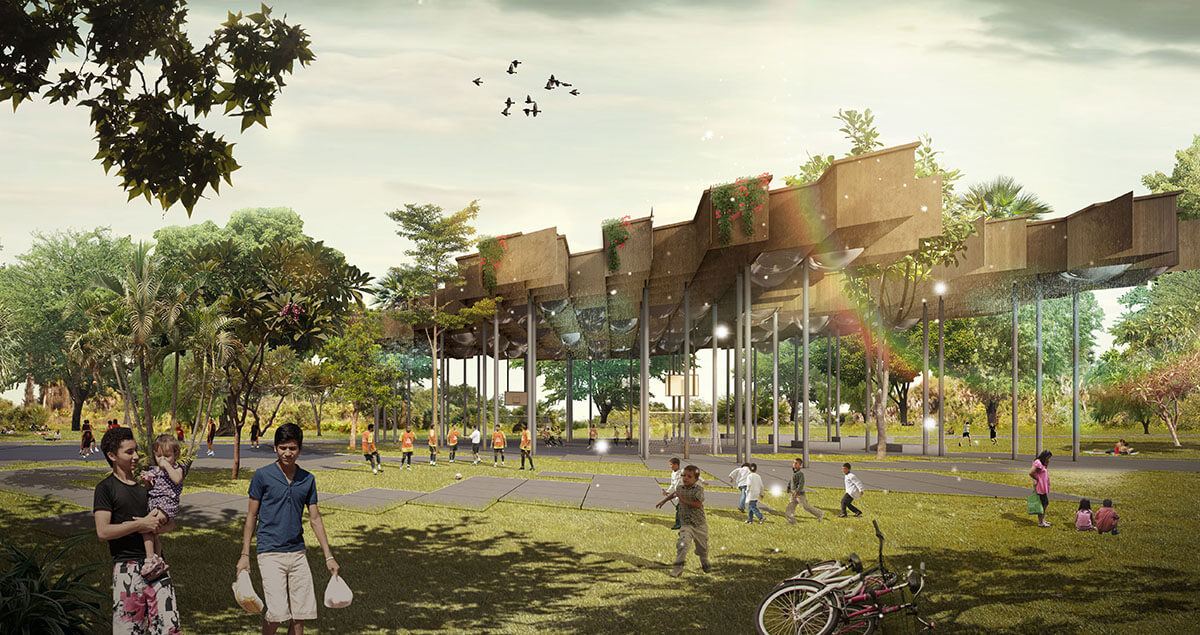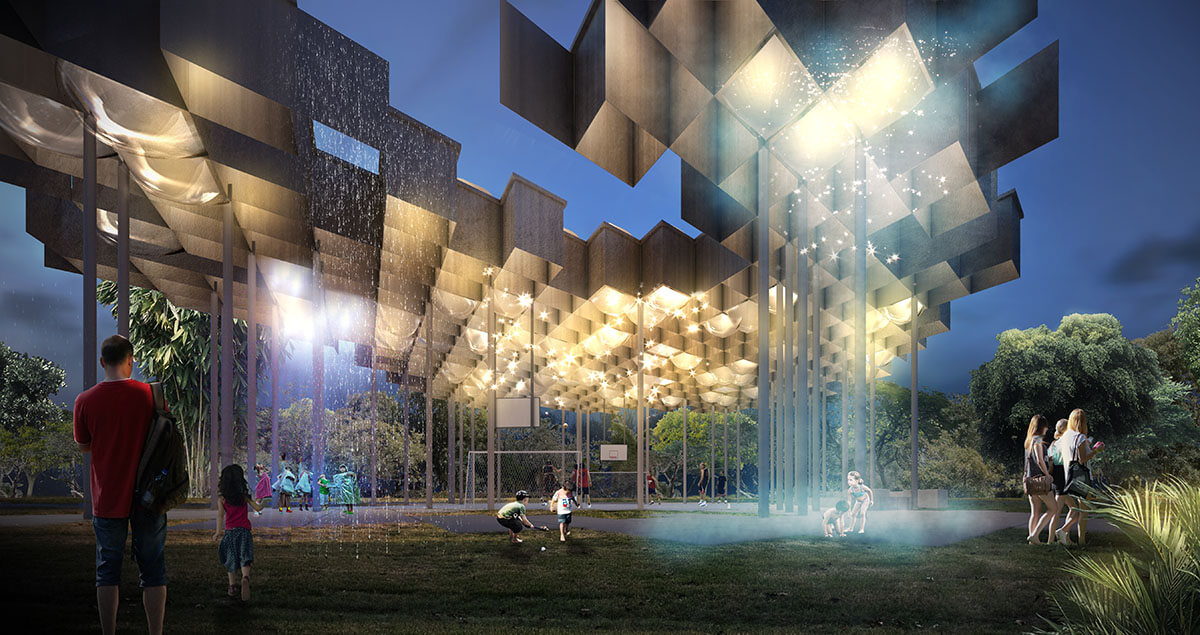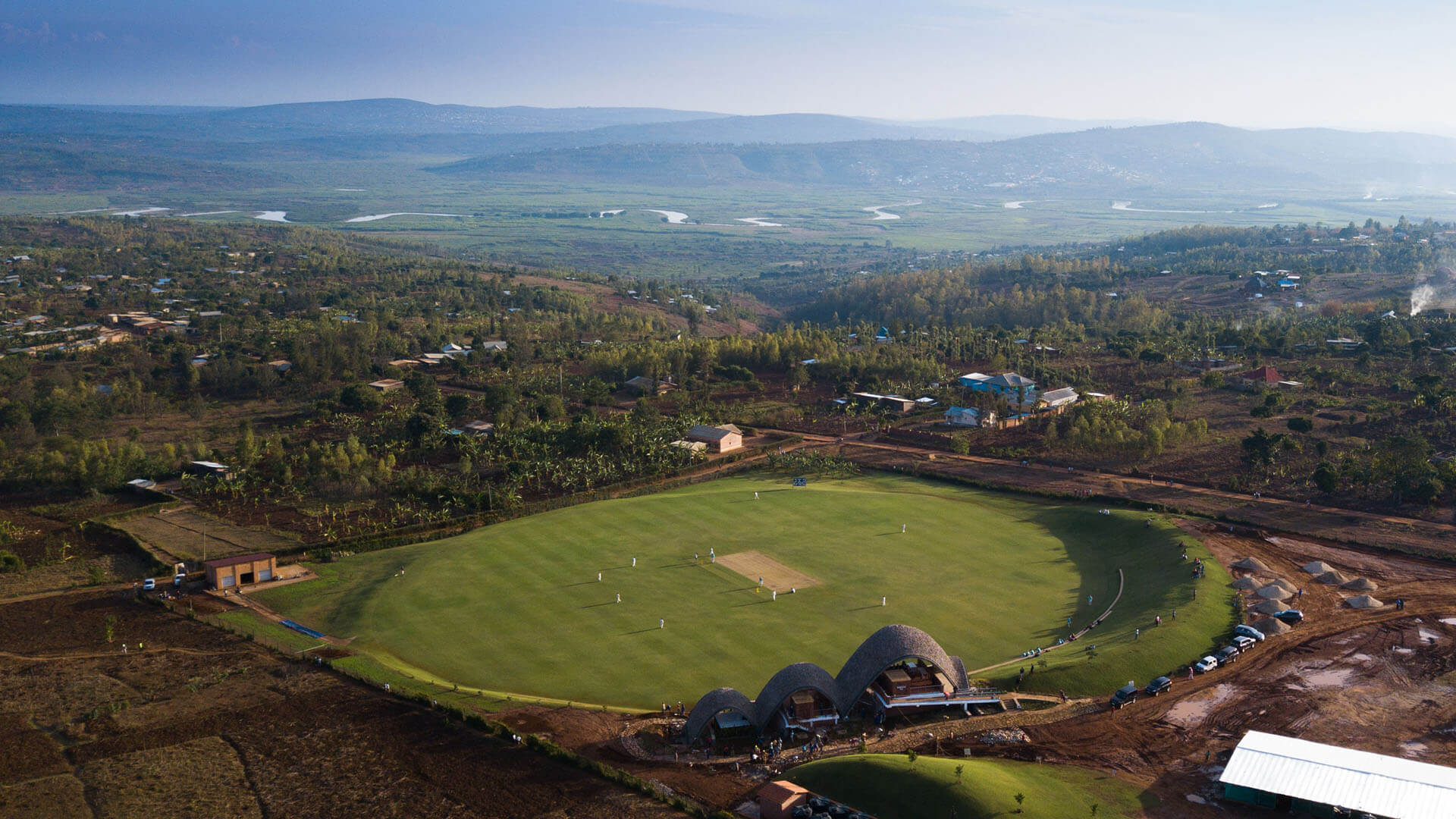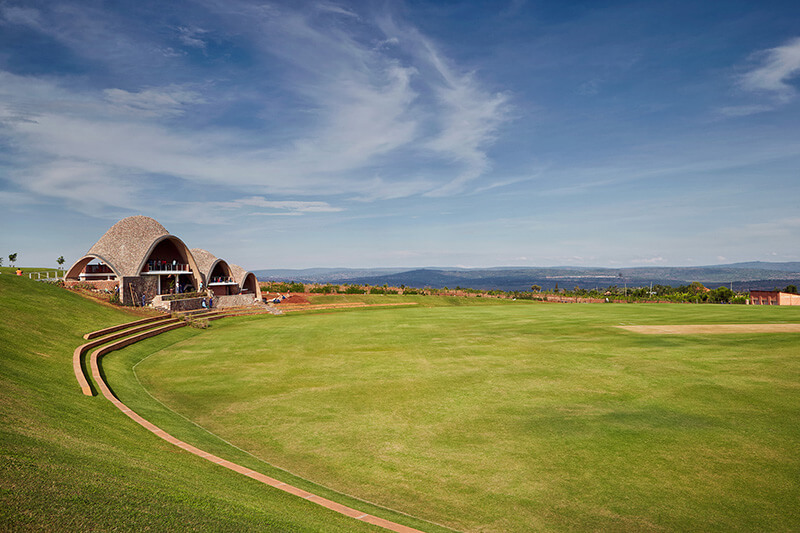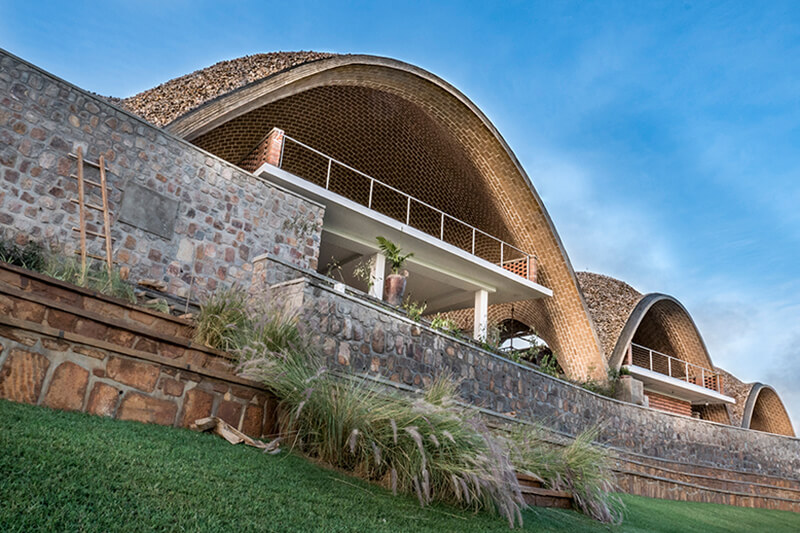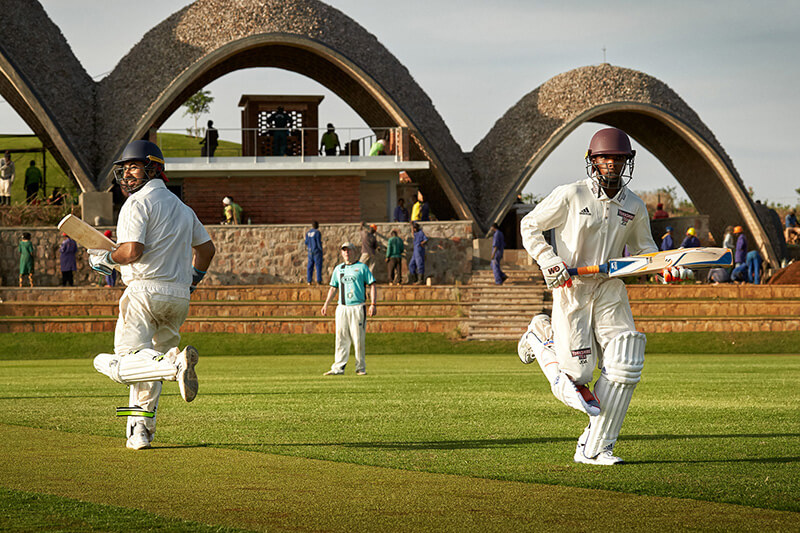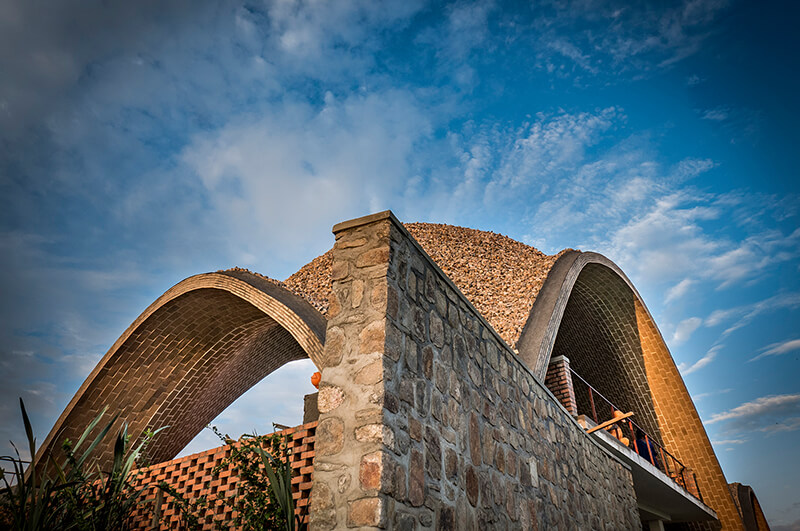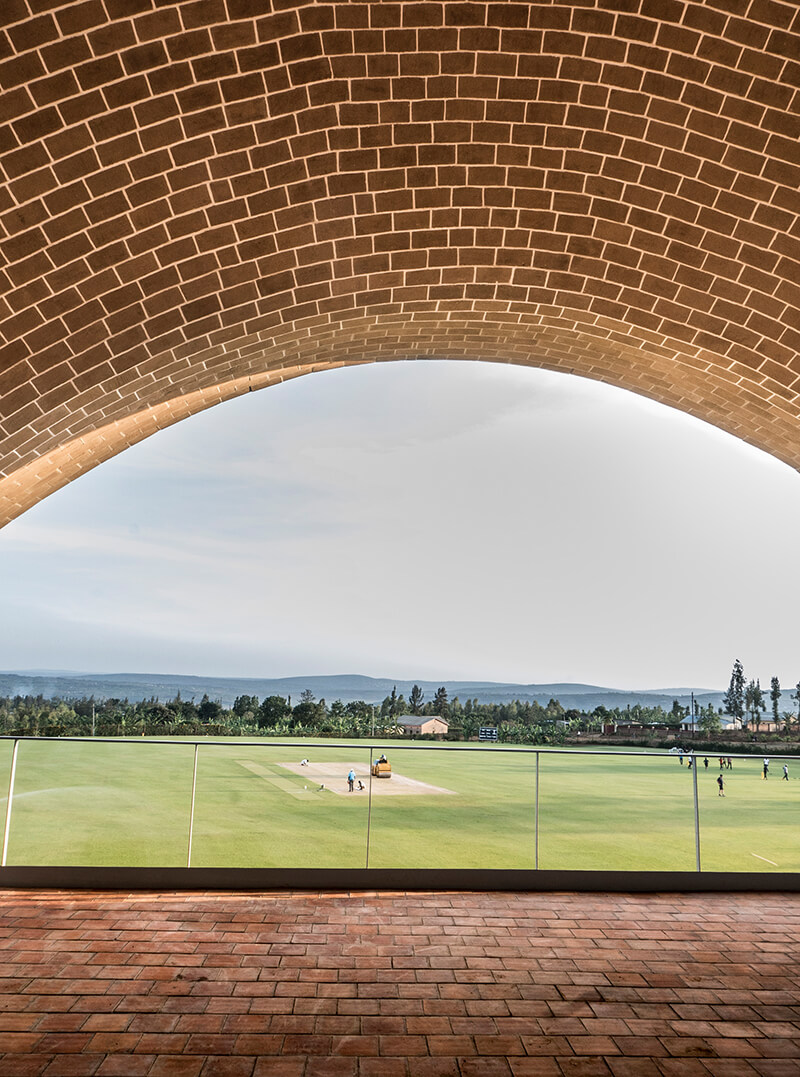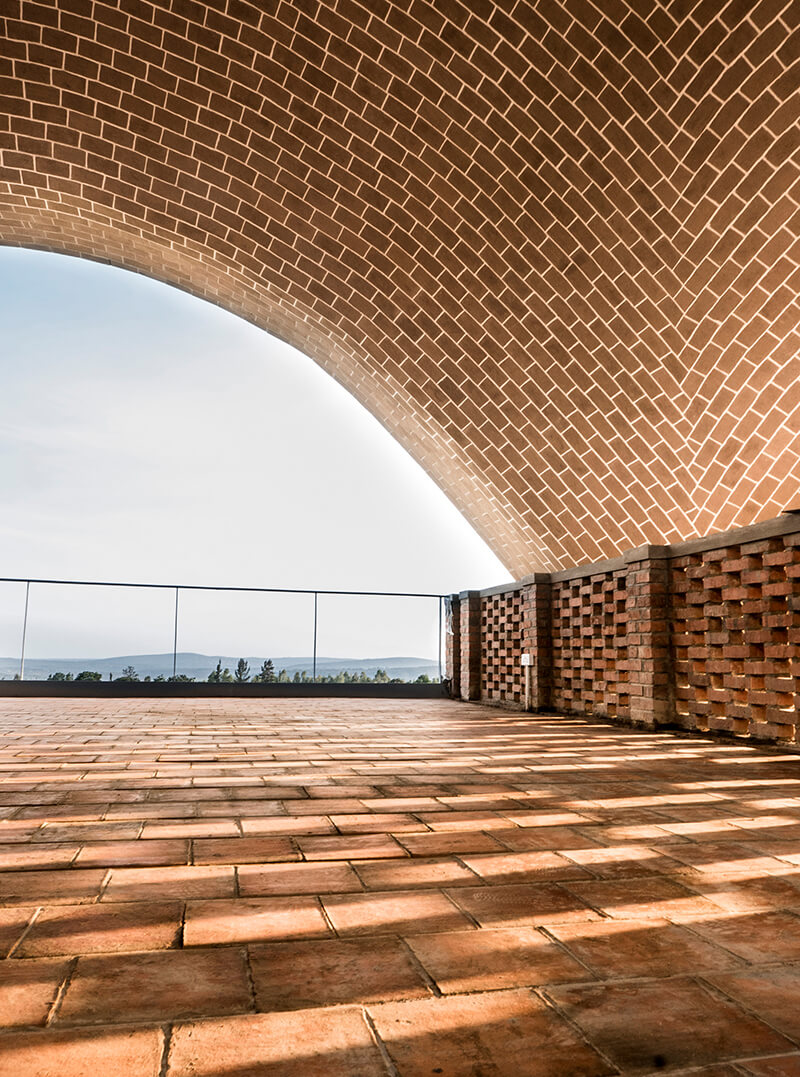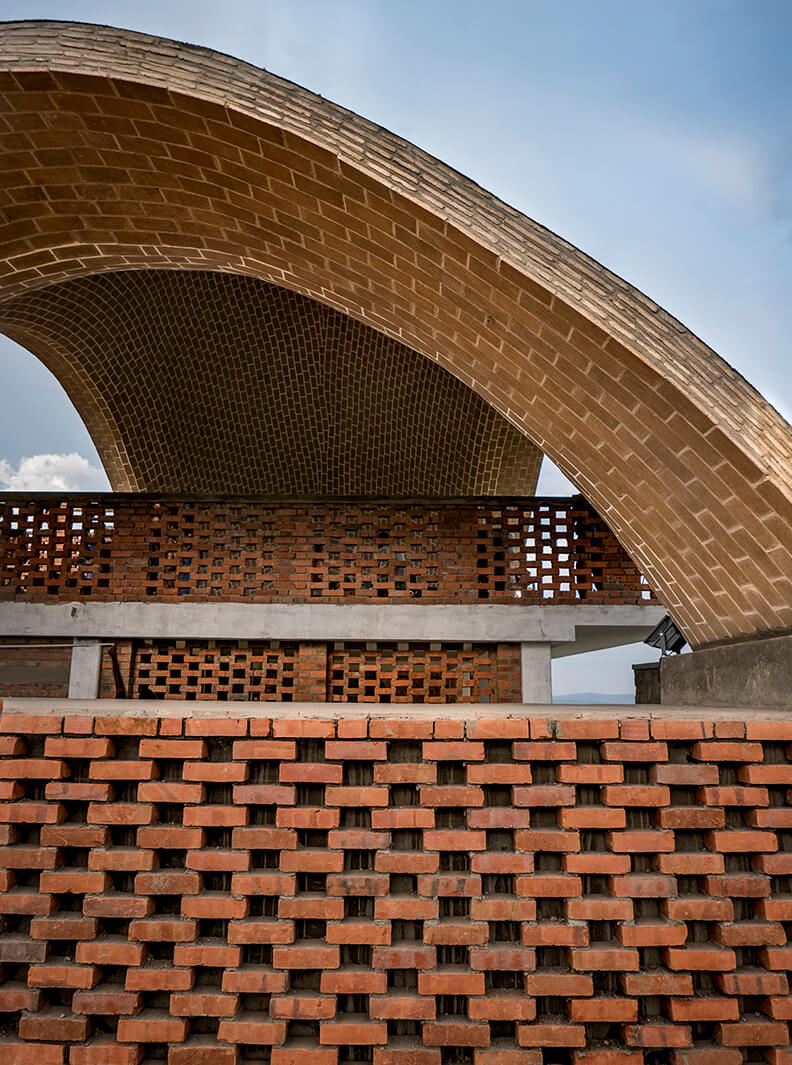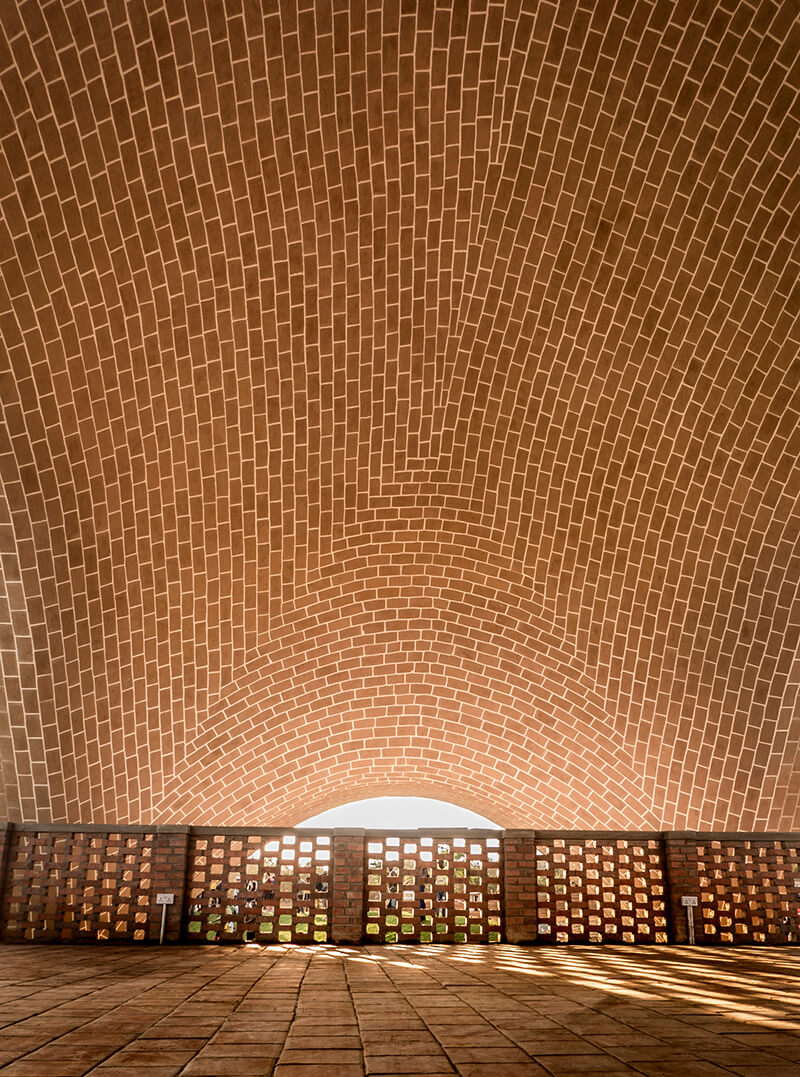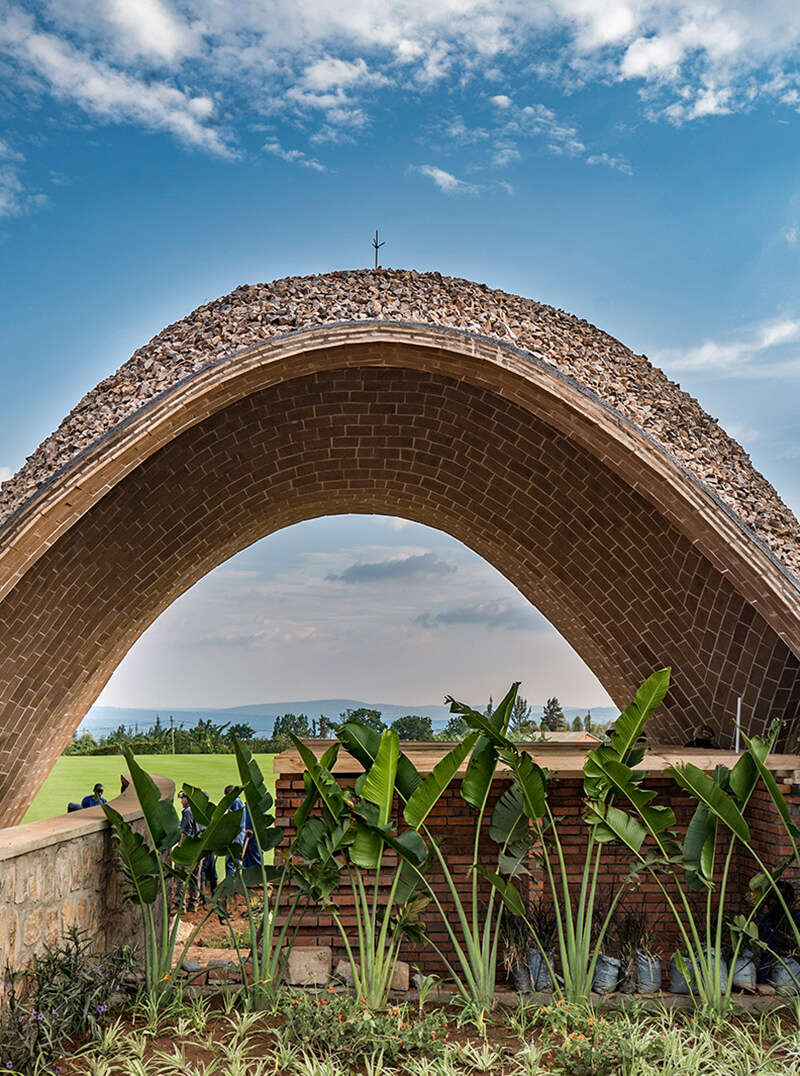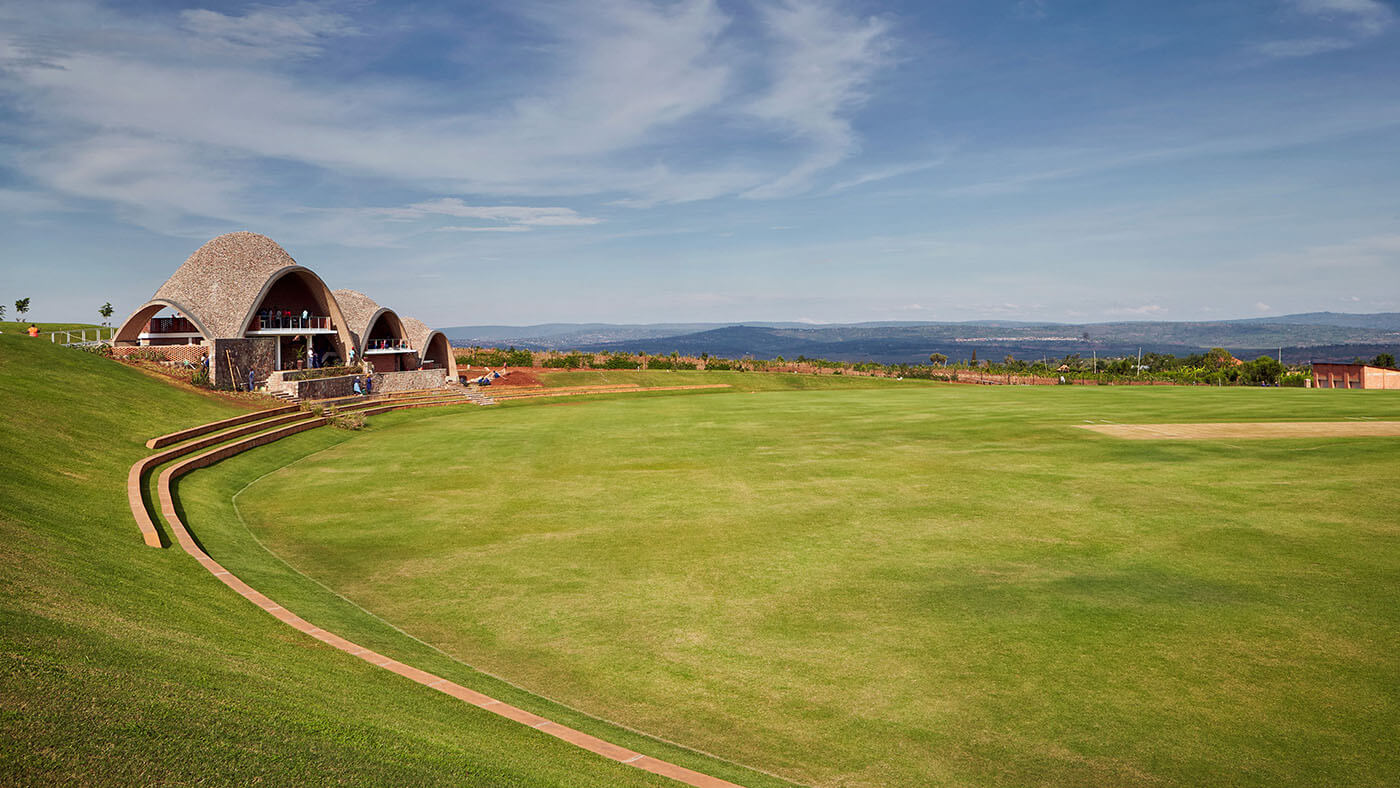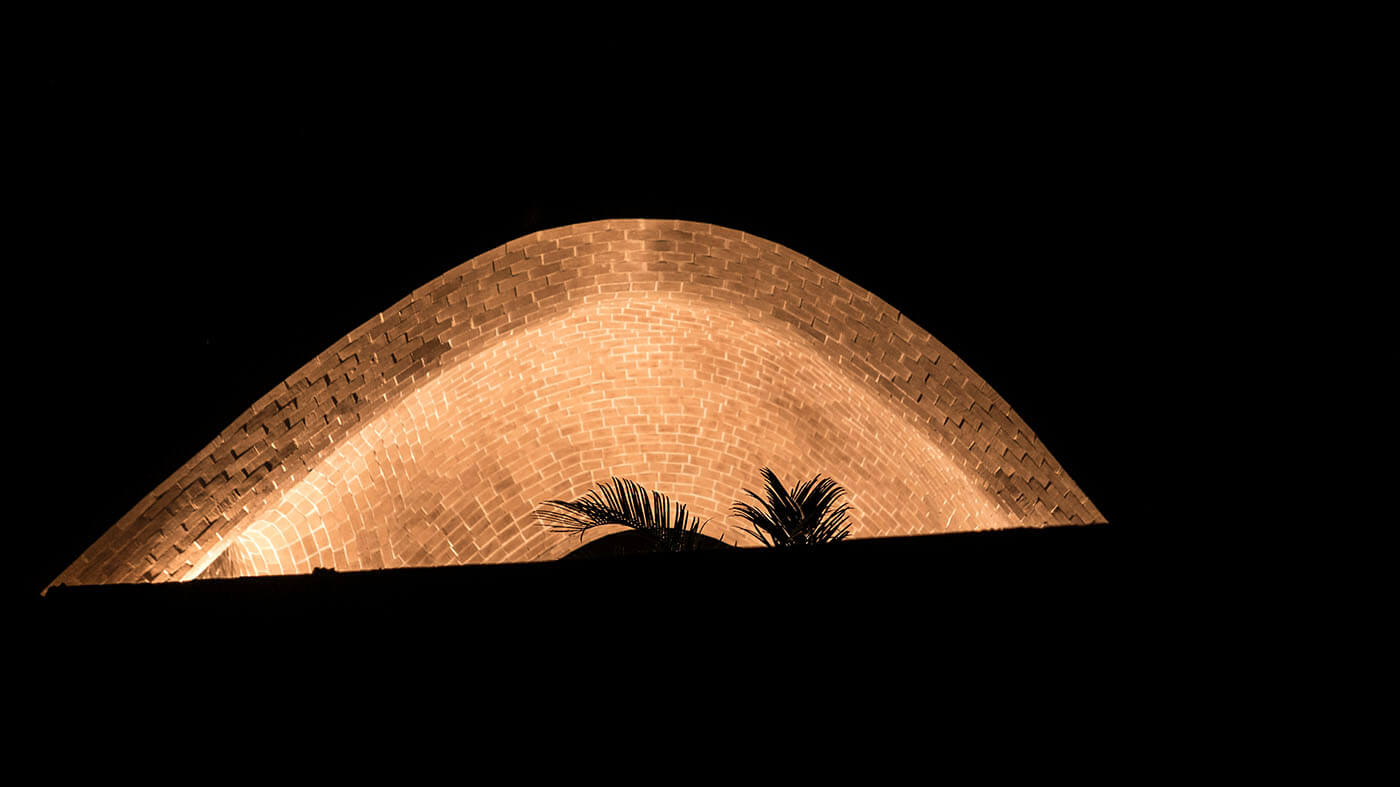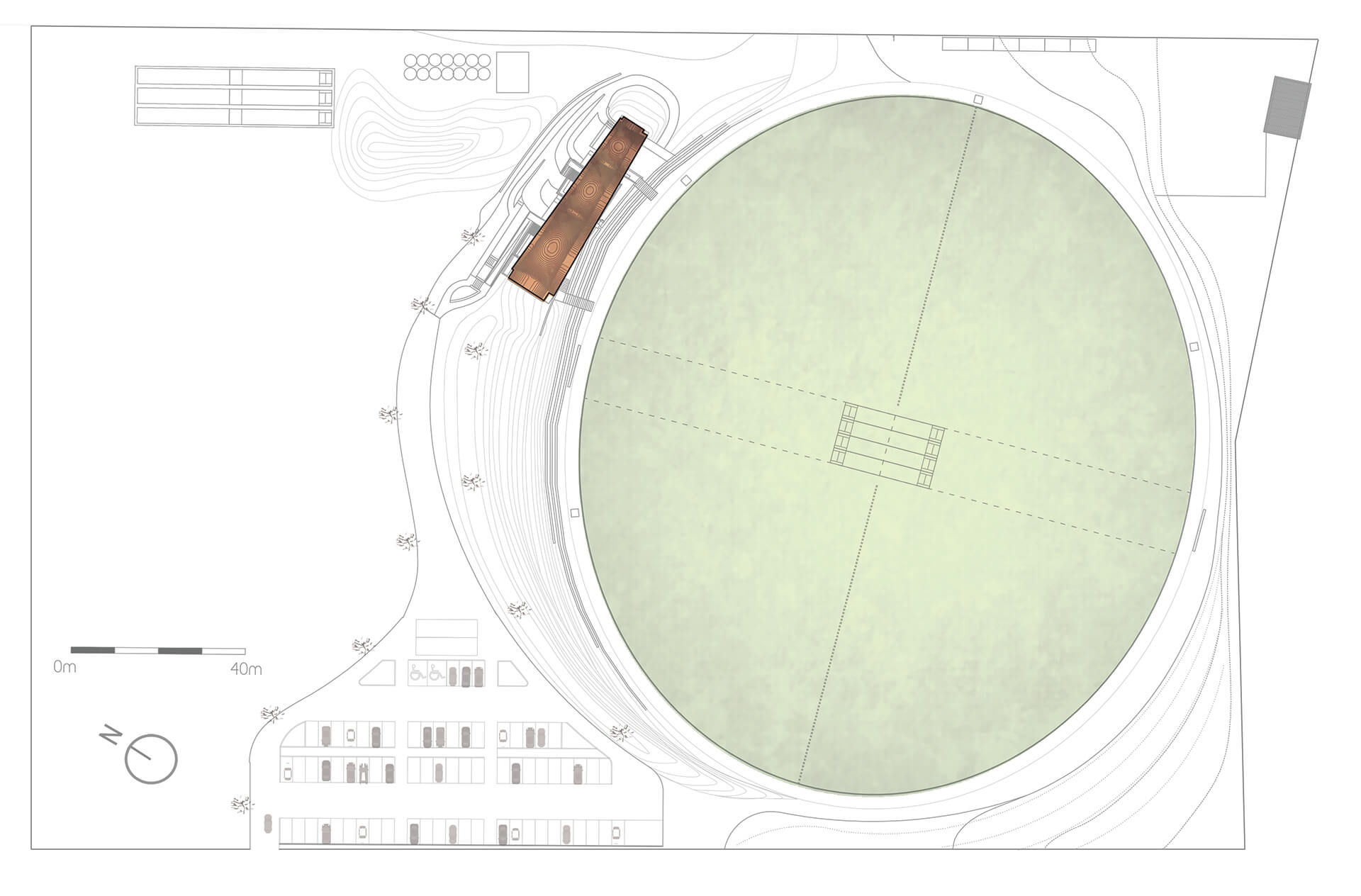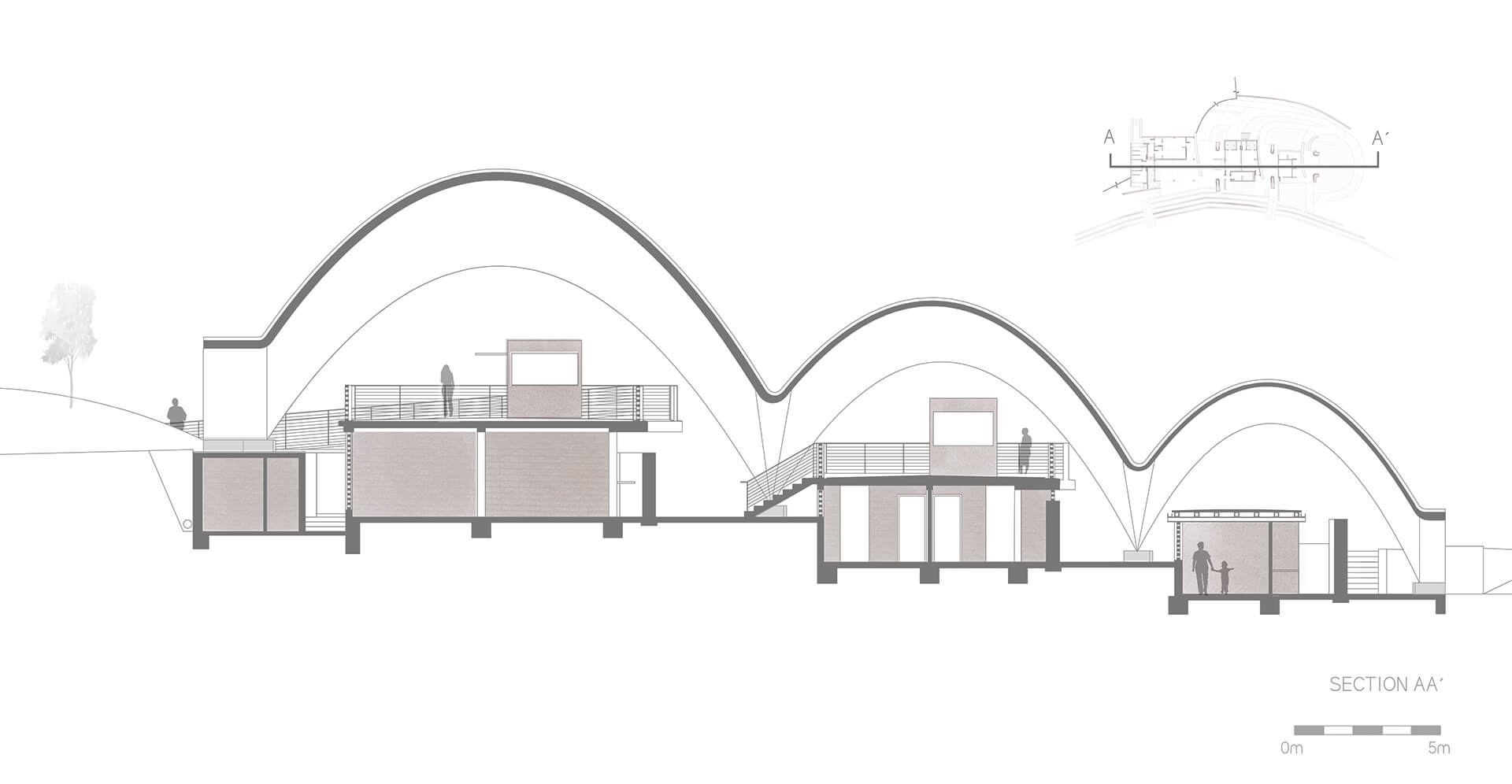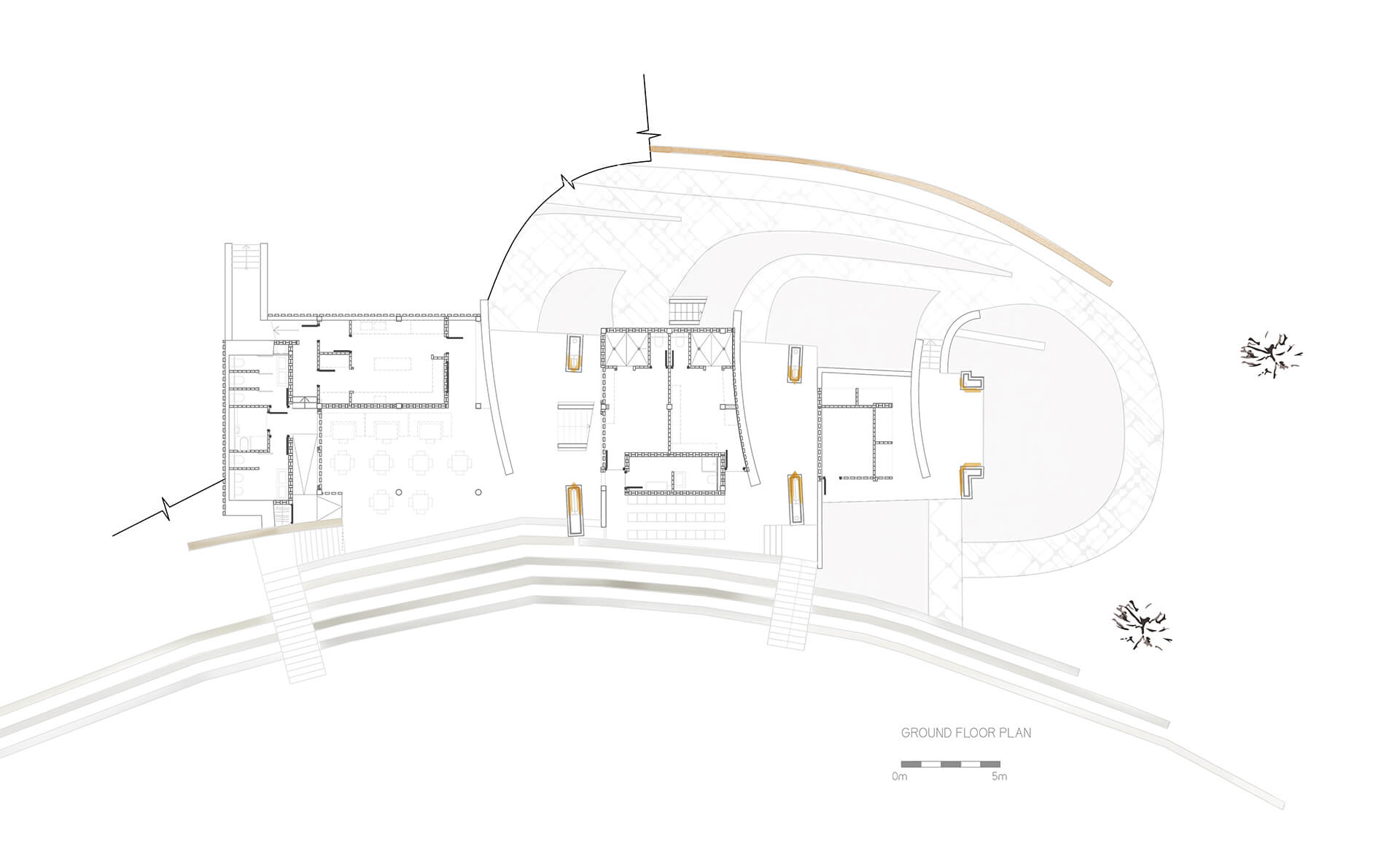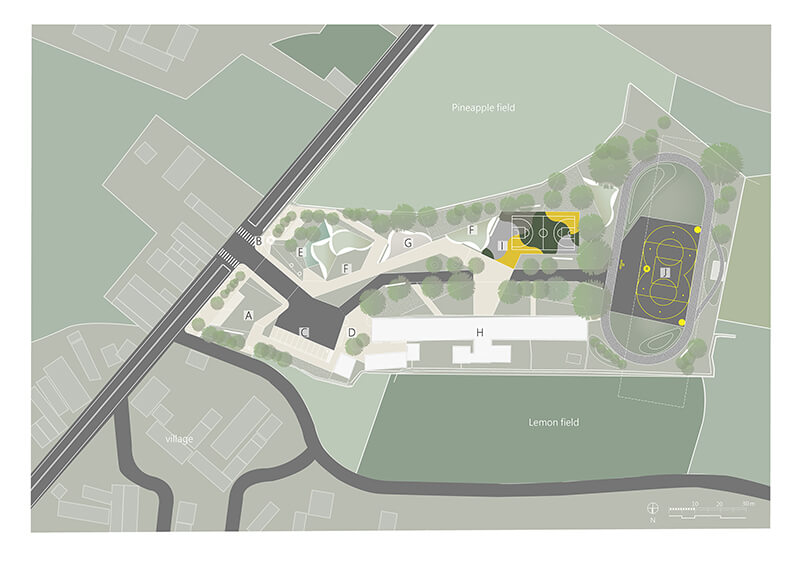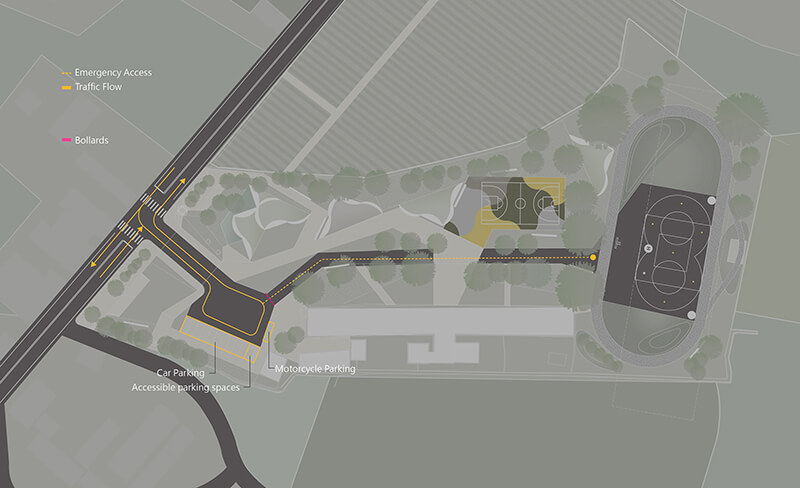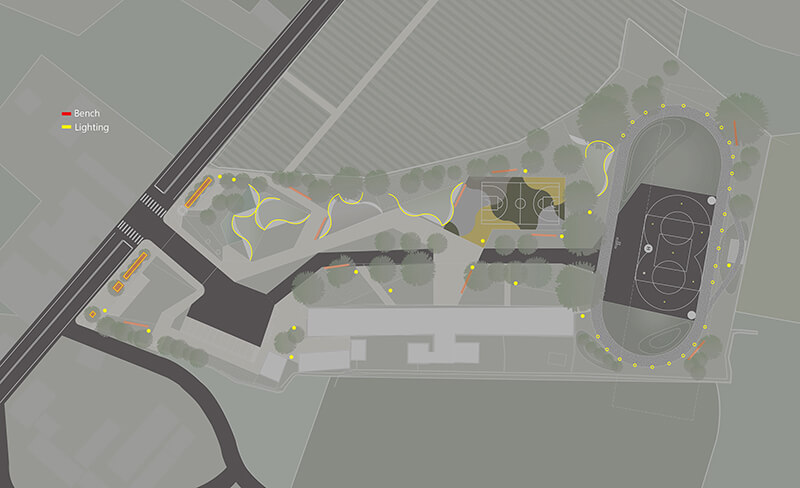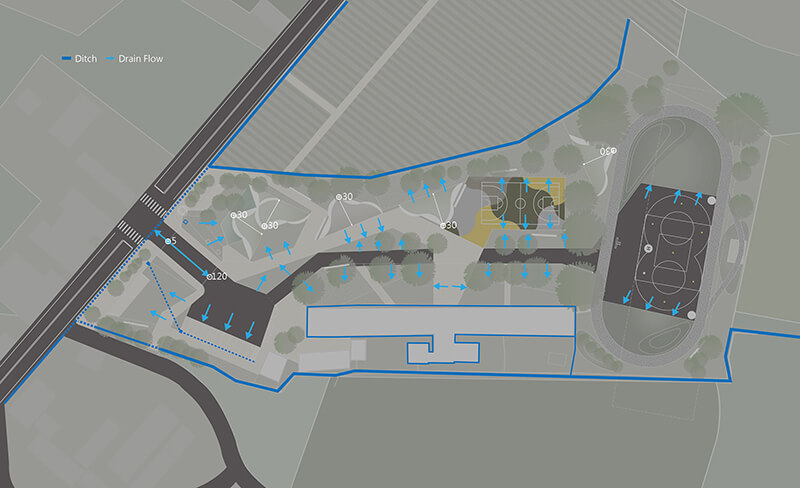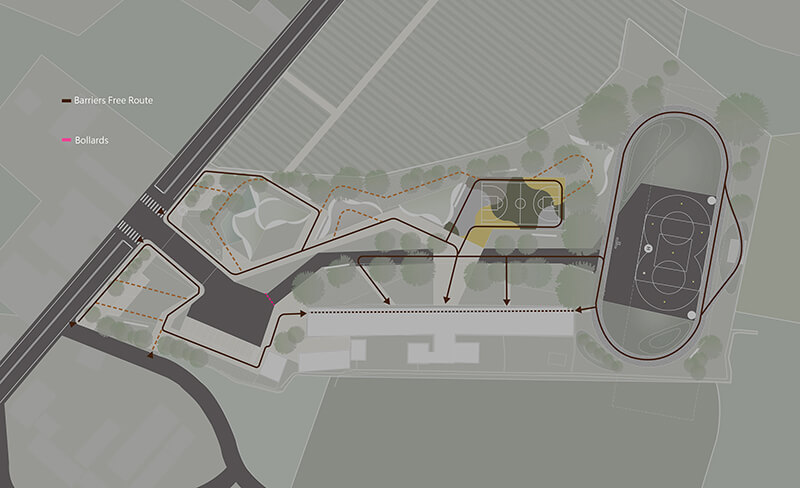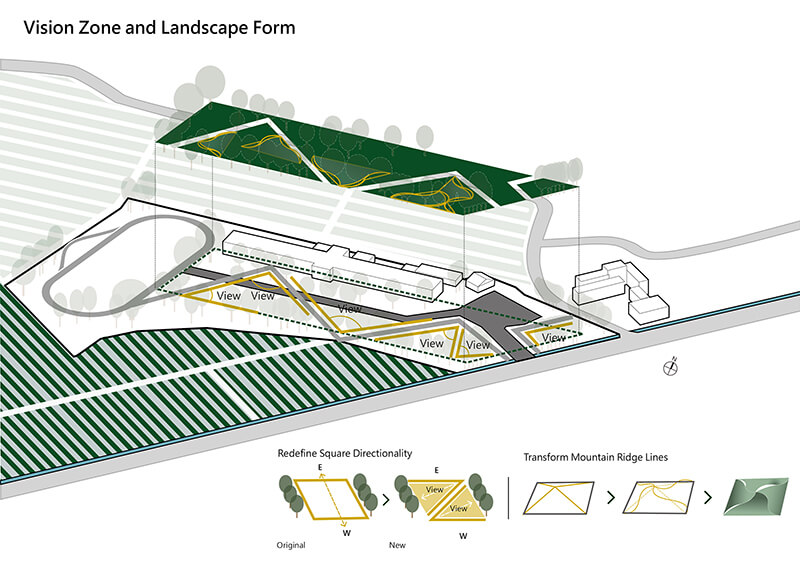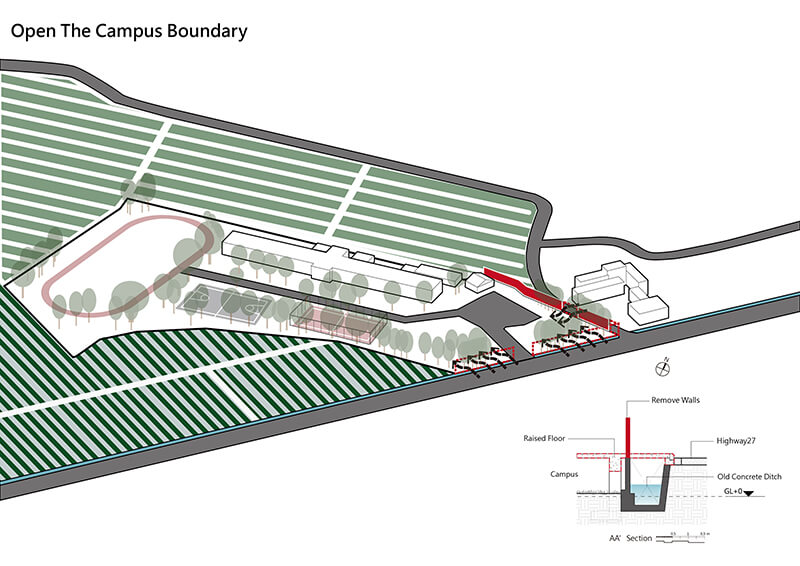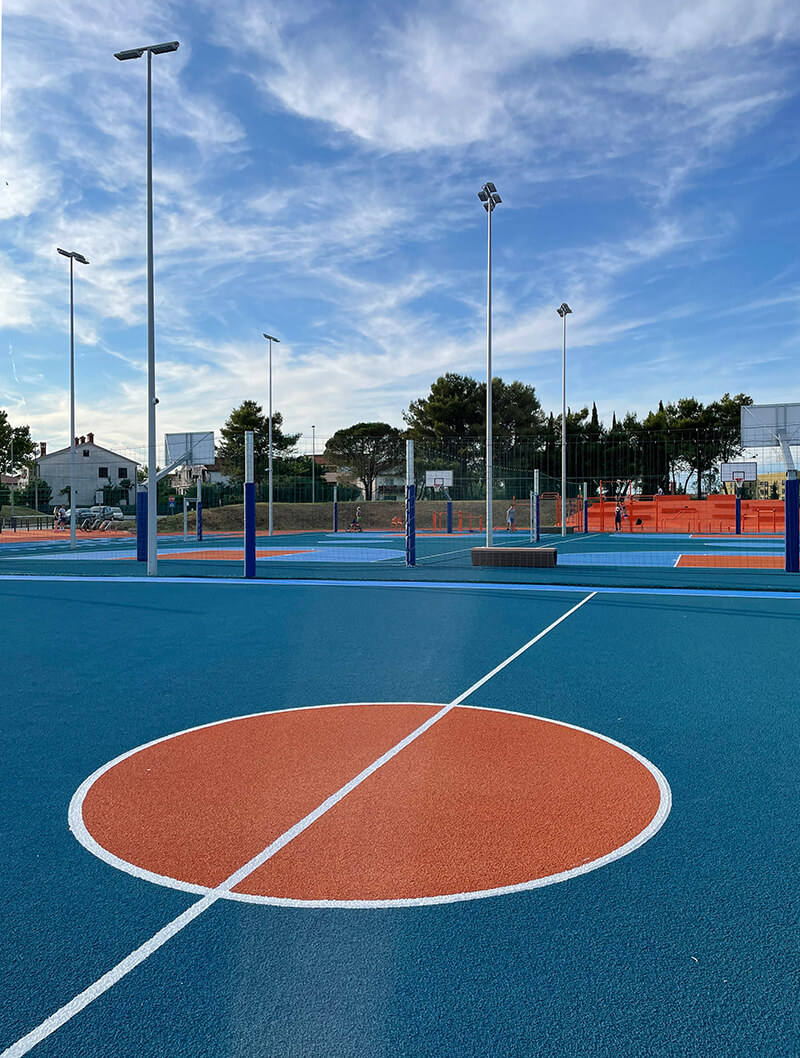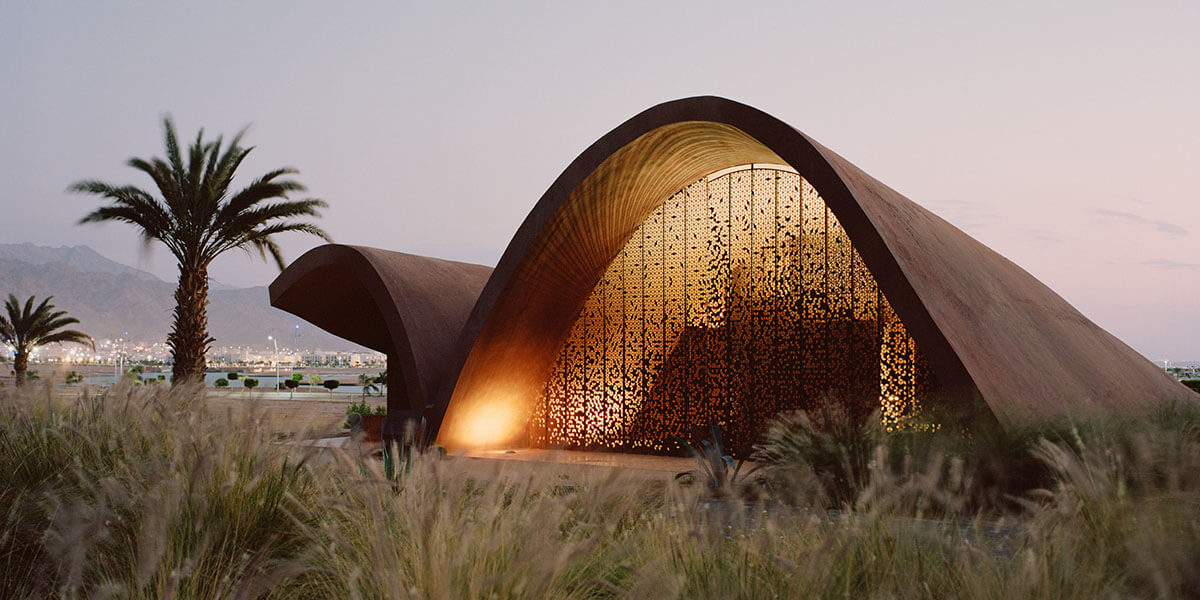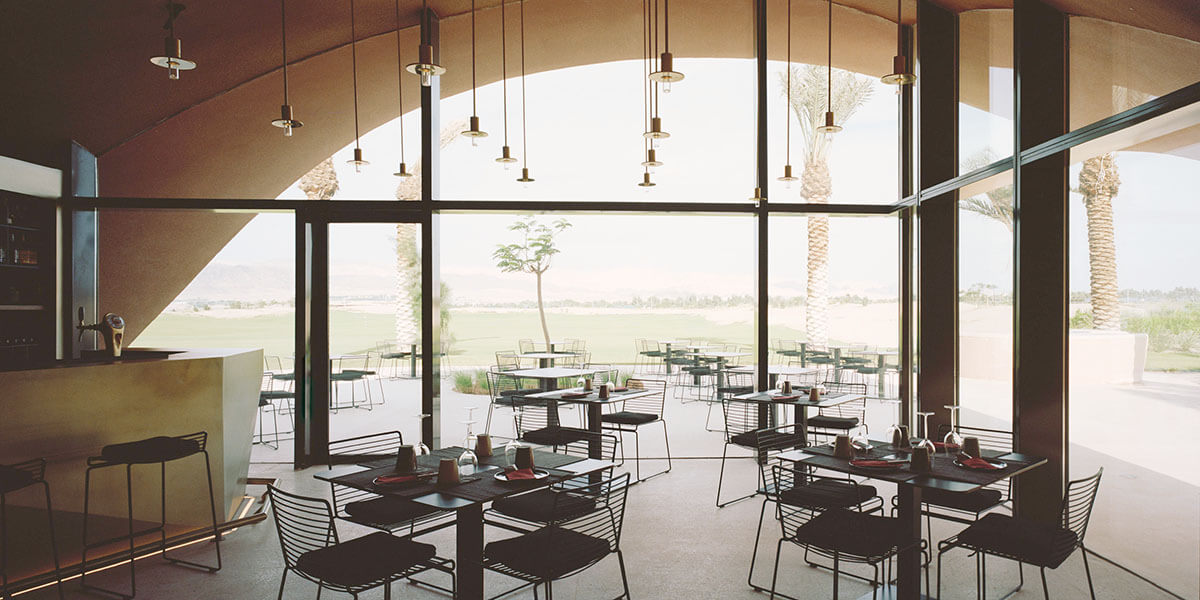Play box at Jakobsplatz
The play box on Jakobsplatz in Nuremberg
Here to stay
KuKuk Box
For the “Spielebox am Jakobsplatz”, a shipping container was converted to provide children with multiple levels offering plenty of opportunities for playing, climbing, balancing, and exploring.
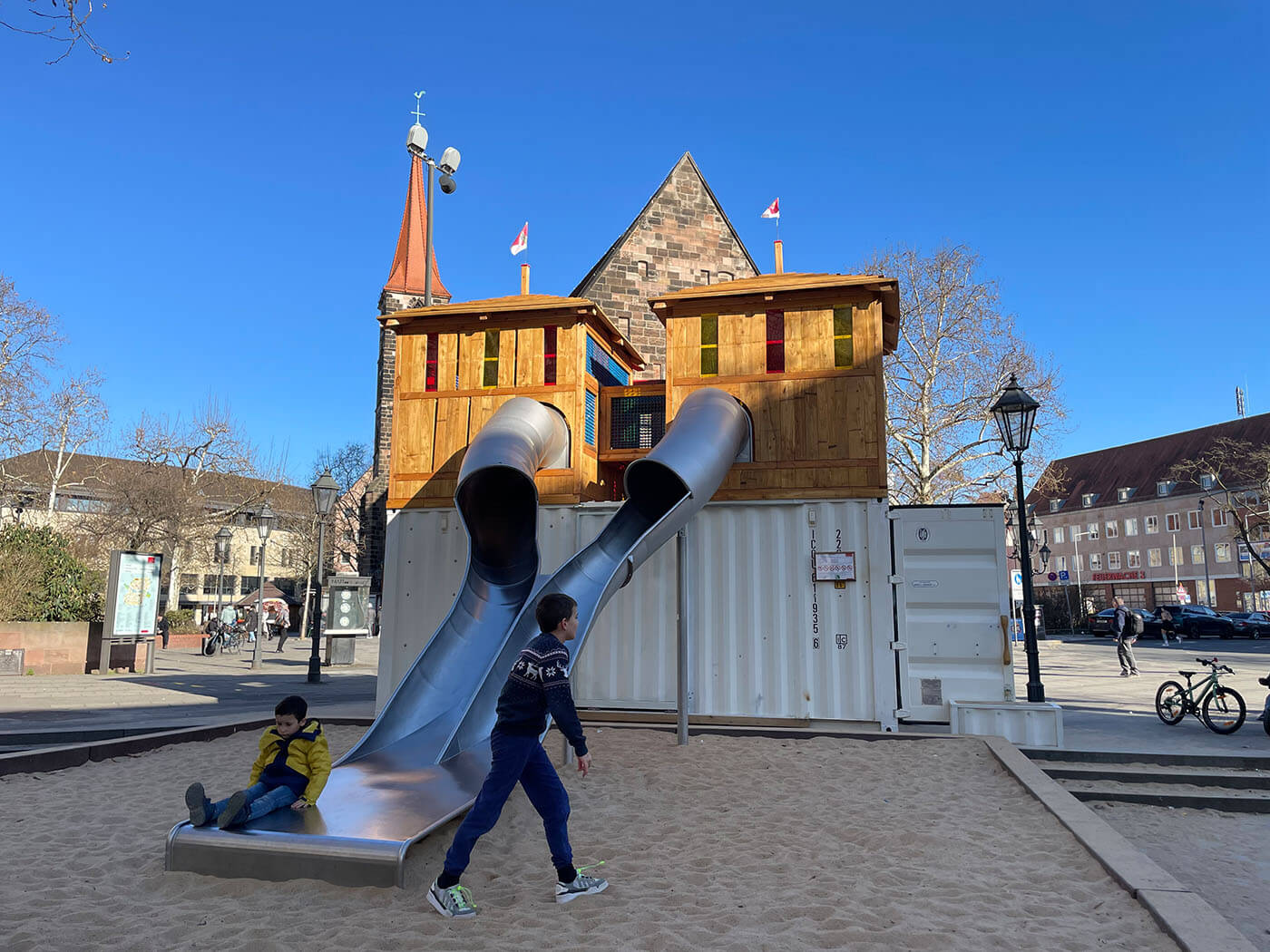
Attraction
The “Spielbox am Jakobsplatz” in Nuremberg was opened in January 2025. Not only is it another attraction in the city centre, it also makes shopping much easier for families, because the children now like to come with them.
The city of Nuremberg, as the client, is making a clear statement in favour of better quality of life in the heart of the city, especially for families. The idea was realised thanks to funding of €57,000 from the Bavarian State Government’s Inner City Revitalisation Fund and around €50,000 from the municipal playground replacement fund. The aim of the project is to make the city centre more family-friendly and to liven it up as a meeting place.
The facility was created by KuKuk Box from Stuttgart.
Movement
Children learn best through play and movement, and the Spielebox at Jakobsplatz offers exactly that – in a compact space, since our inner cities weren’t really designed with children in mind.
The KuKuk Box combines a container with diverse play opportunities. The container provides structure, storage, a lounge, and shelter from the weather, while its additions and attachments offer pure adventure.
While the children explore and play, parents can relax or go shopping.
A proven concept
After examining several locations, the city of Nuremberg decided on Jakobsplatz because it is often visited by families, but a permanently installed playground is not feasible there.
The games box at Jakobsplatz was designed to be extremely flexible. It can be used for events like World Children’s Day or the Children’s Carnival, and it can also be temporarily dismantled.
Mobile play containers by KuKuk Box have already been used at several locations in Nuremberg. These experiences showed that, with creativity and technical finesse, an attractive play environment can be created in a limited space. These experiences showed that, with creativity and technical finesse, an attractive play environment can be created in a limited space.
Setup
For the project, a shipping container was converted to offer children numerous opportunities to play, climb, balance, and explore across several levels. Children can let off steam and develop their motor skills.
The setup at Jakobsplatz was straightforward and took only half a day. If needed, the box can be dismantled with the help of a crane, stored temporarily, and then reassembled.
A KuKuk Box always offers two worlds: open spaces and surfaces for climbing, romping, playing, and sliding on one side, and a frame with sheltered, more private areas on the other.
This way, the children will also get their money’s worth when shopping.
Project data
Game container
KuKuk Box GmbH
Rosenwiesstraße 17
D – 70567 Stuttgart
Cleint
City of Nürnberg
Opening
2025
Address
Ludwigstraße 39
D — 90402 Nürnberg
Photos
Stadt Nürnberg, Jugendamt
KuKuk Box
Text
Johannes Bühlbecker
More Sports Media
(Advertorial)
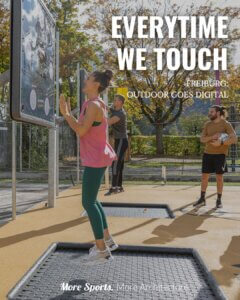
Freiburger Turnerschaft
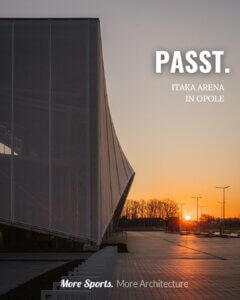
Itaka Arena
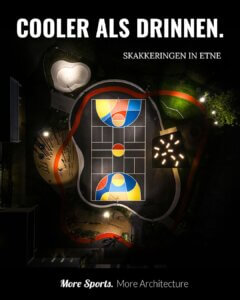
Skakkeringen
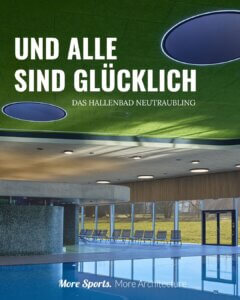
Neutraubling Indoor Pool
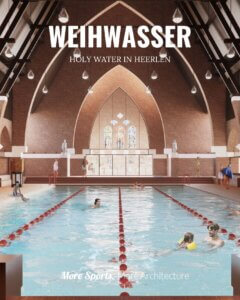
Holy Water
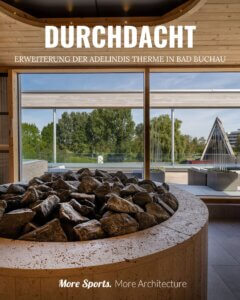
Adelindis Therme
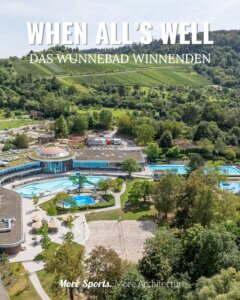
Wunnebad
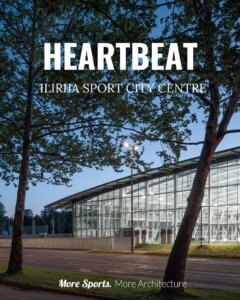
Ilirija Sport City
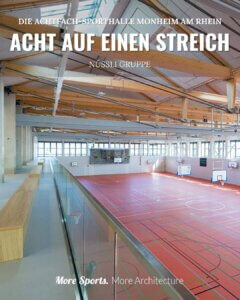
The Eight-Court Sports Hall, Monheim am Rhein

Play box at Jakobsplatz

Surftown MUC
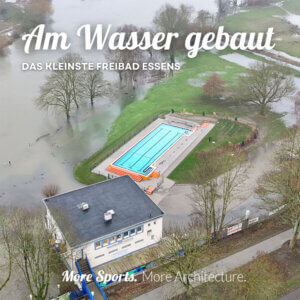
Steele outdoor pool
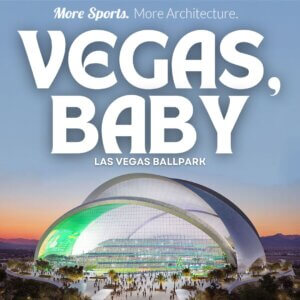
Las Vegas Ballpark
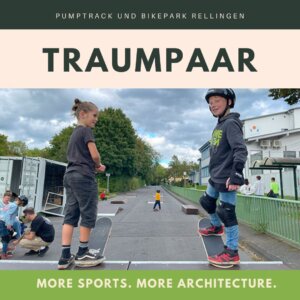
Skatepark in a Box

Play containers for Ukraine

Bergen ByArena
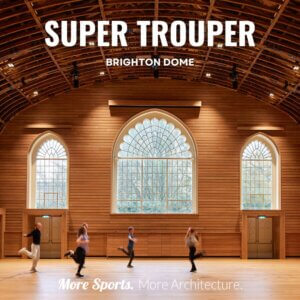
Brighton Dome
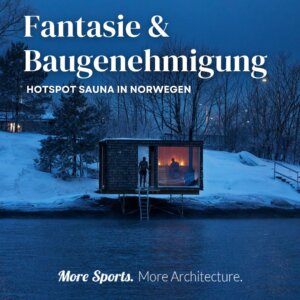
Hotspot Sauna
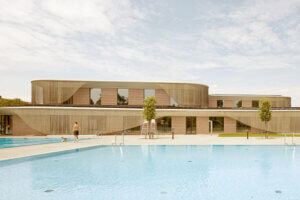
Noorderparkbad
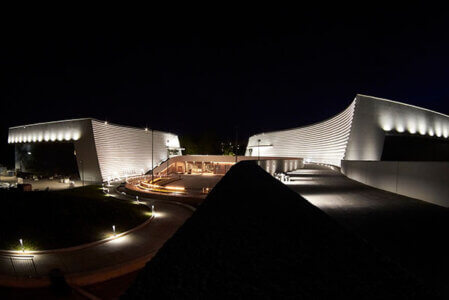
Water Factory Szczecin
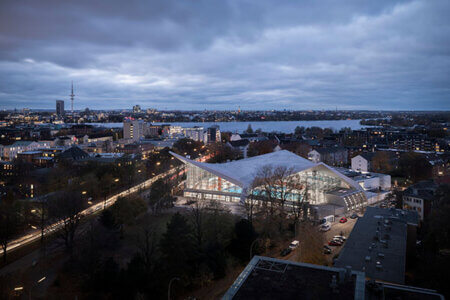
Alsterschwimmhalle

Barrancabermeja

Rwanda Cricket Stadium

Nemzeti Atlétikai Központ
Our categories
Our Newsletter
Your stage
Publizieren Sie Ihr Projekt oder Ihr Produkt hier!

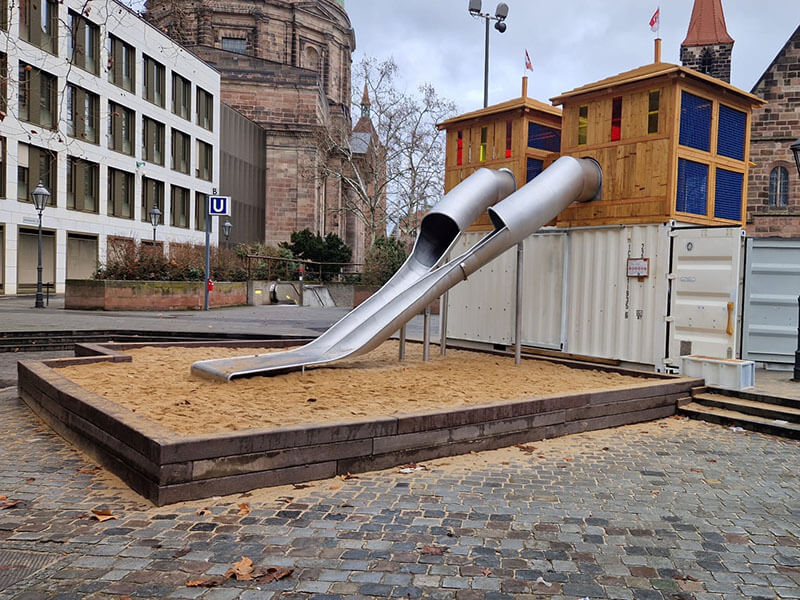
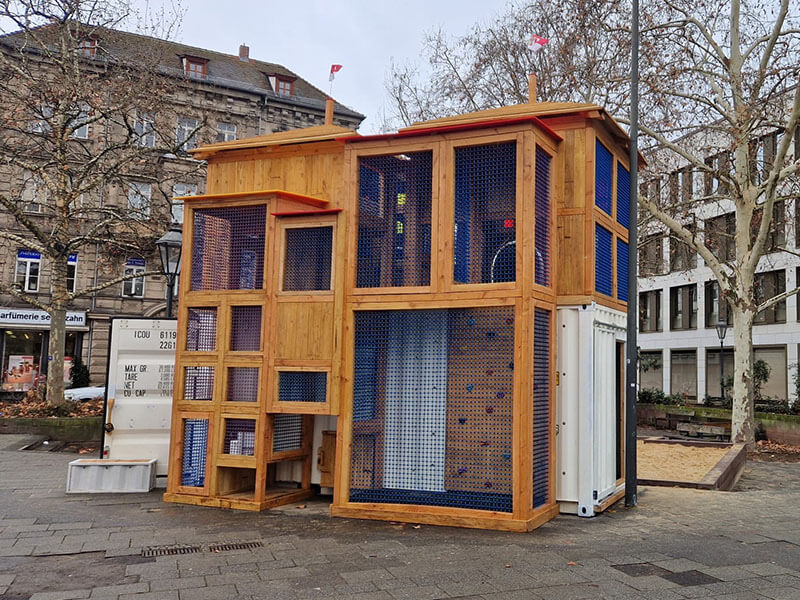

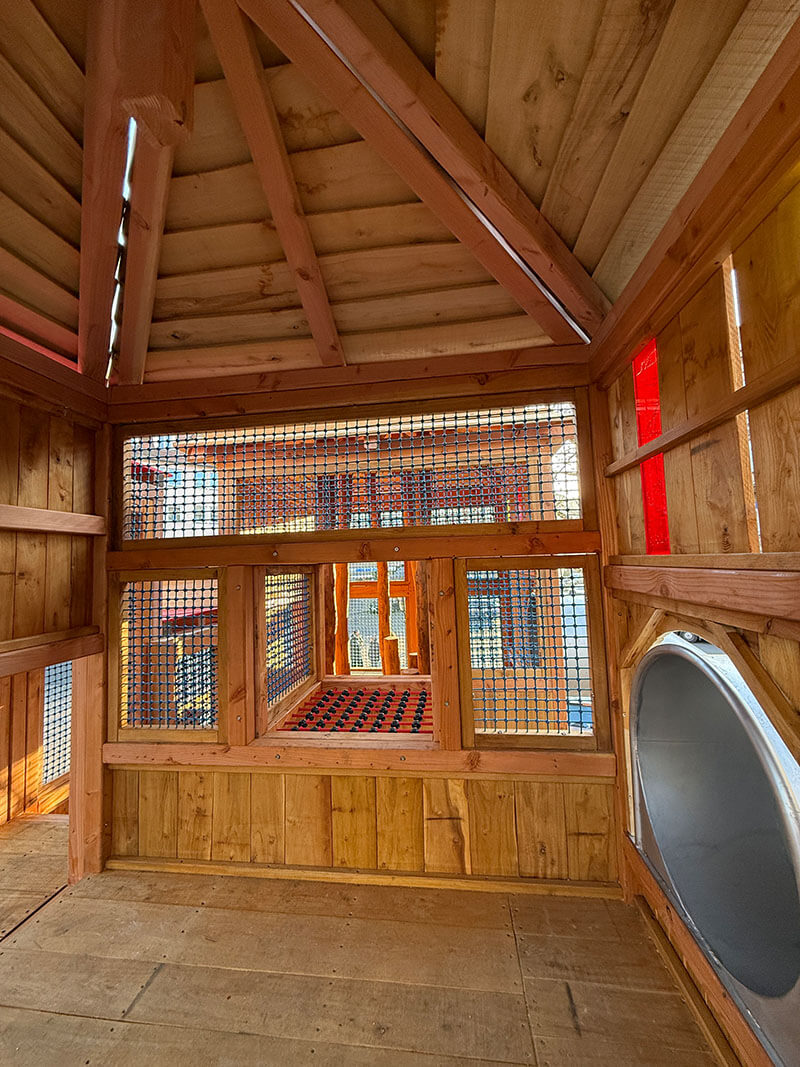
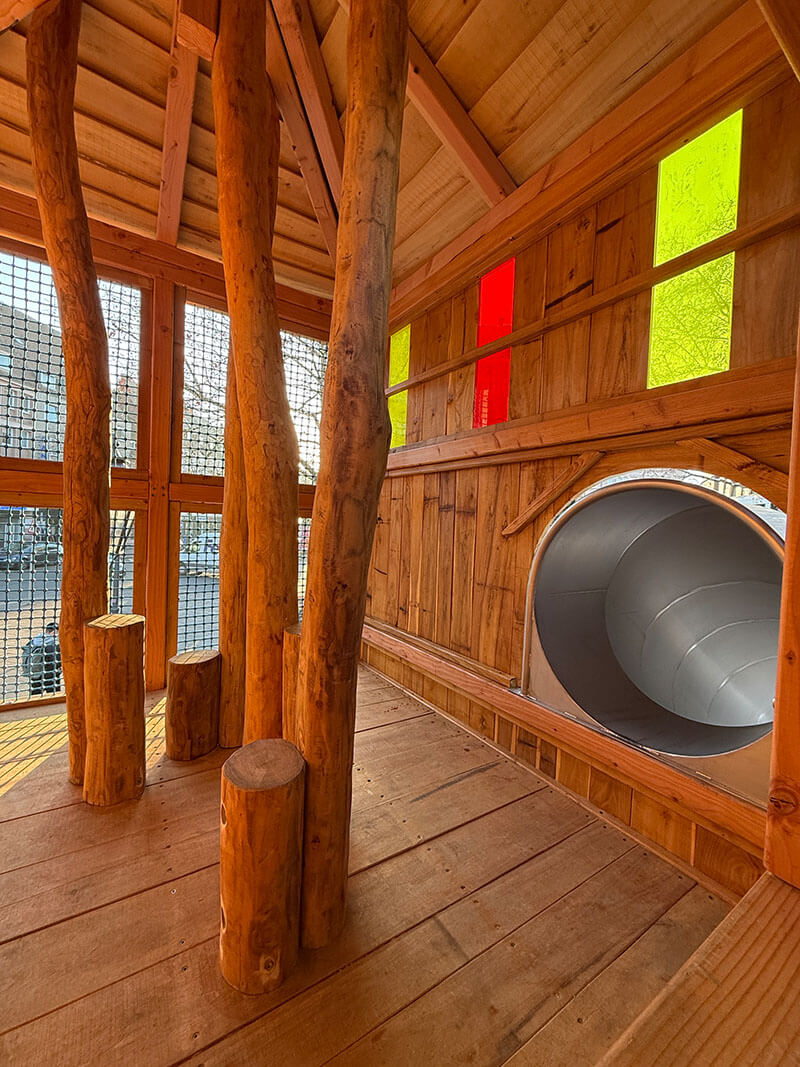
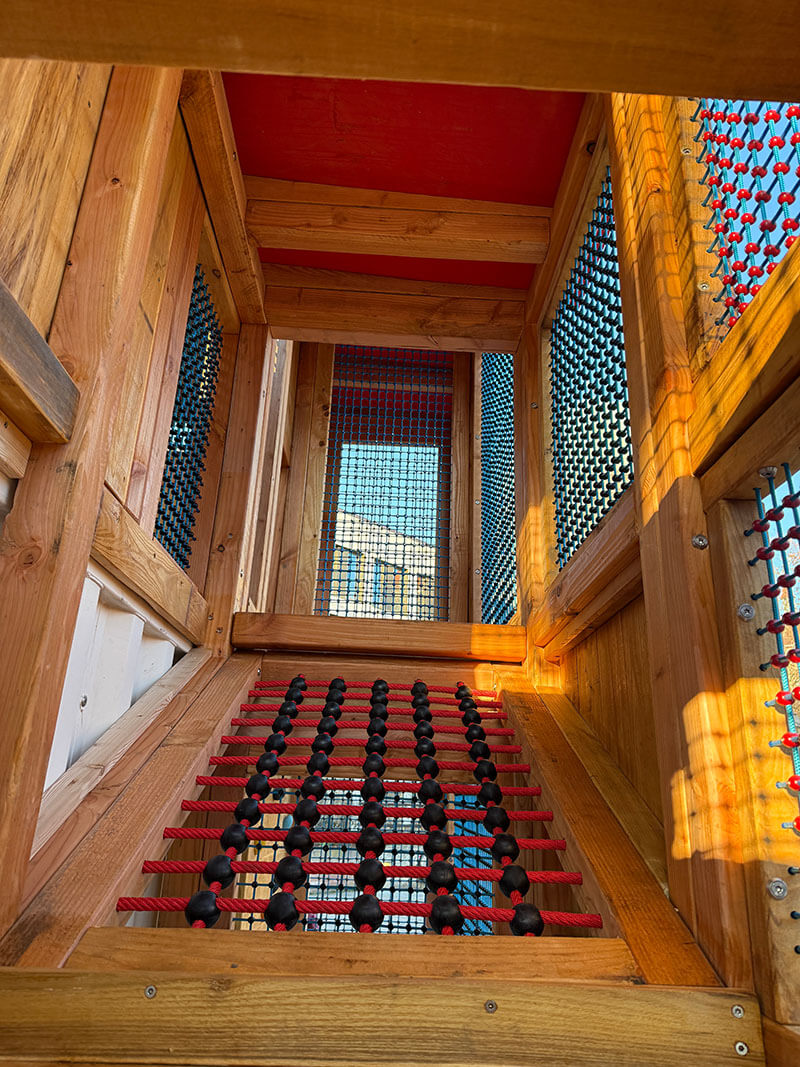
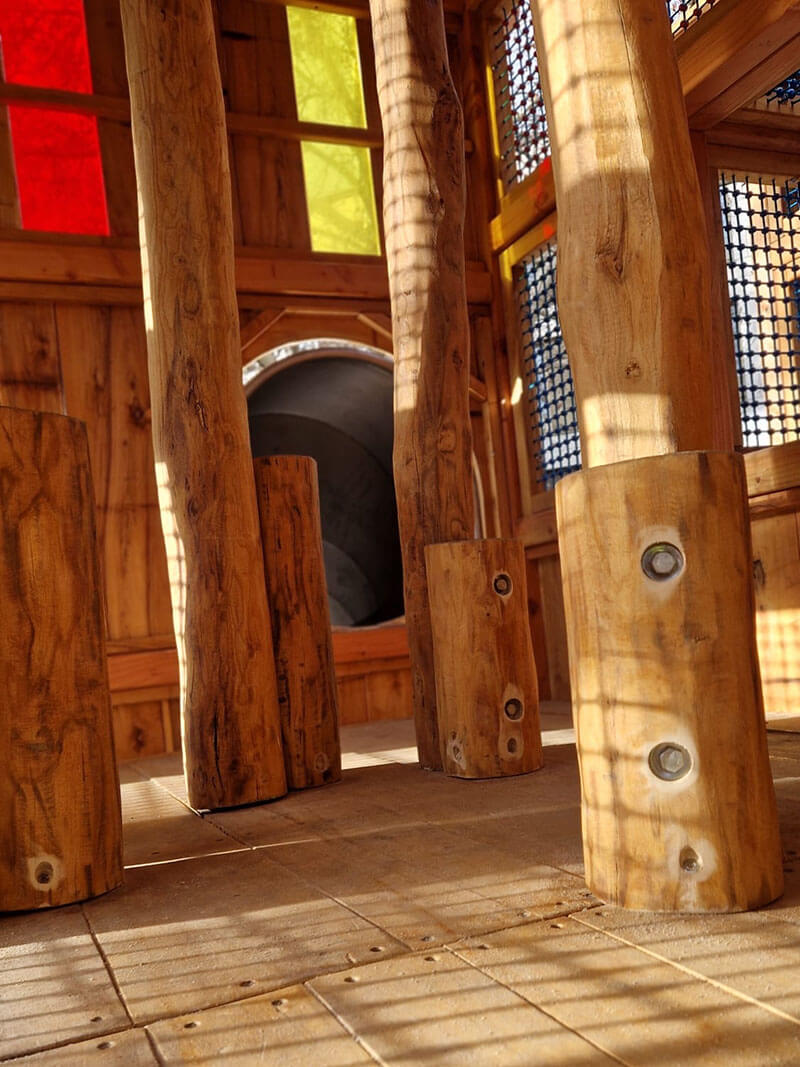
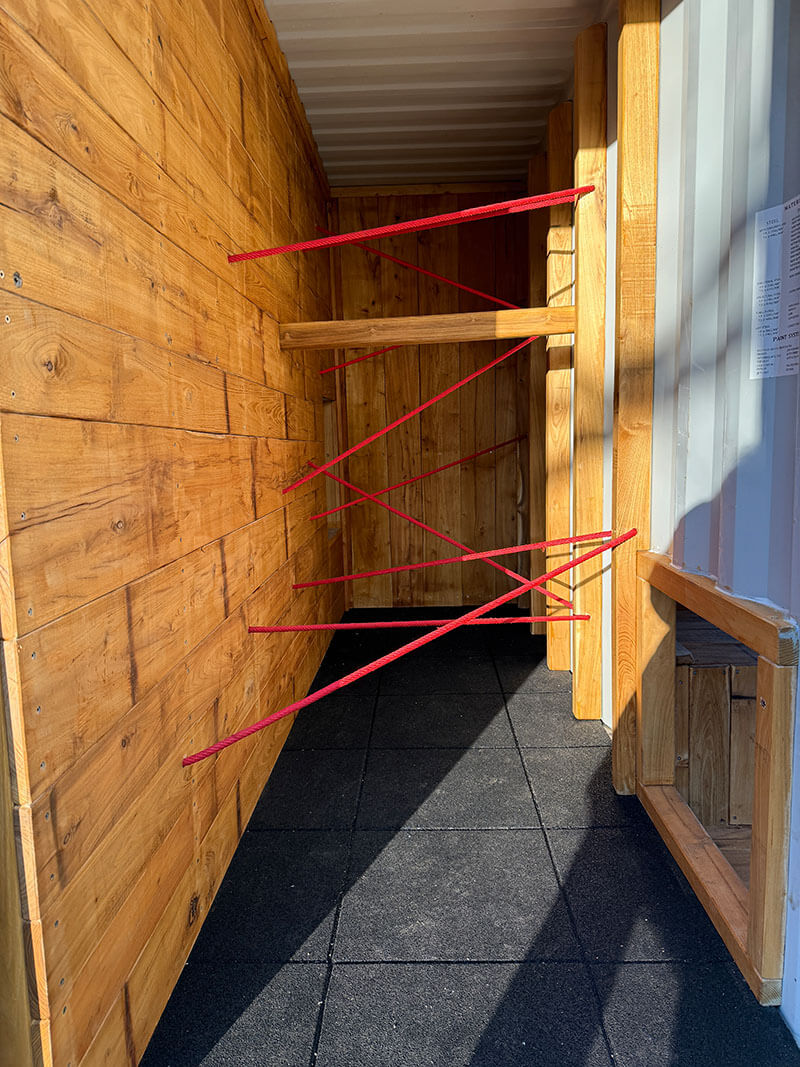
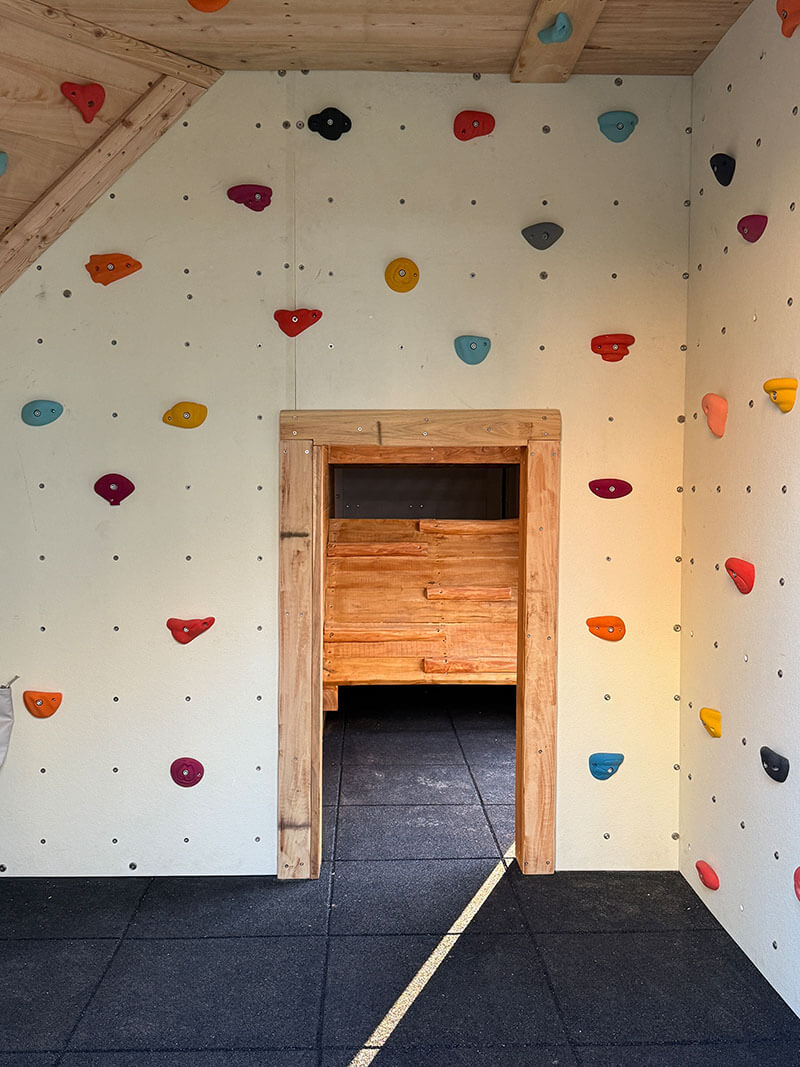
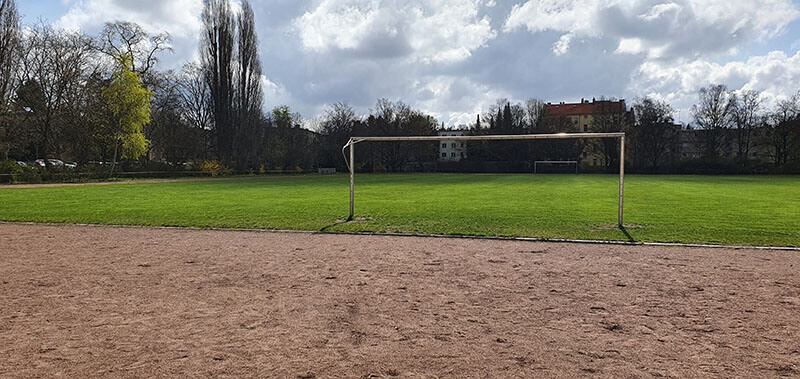
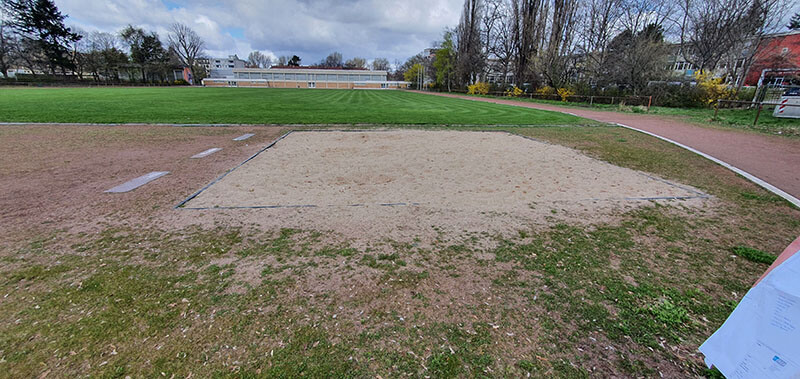
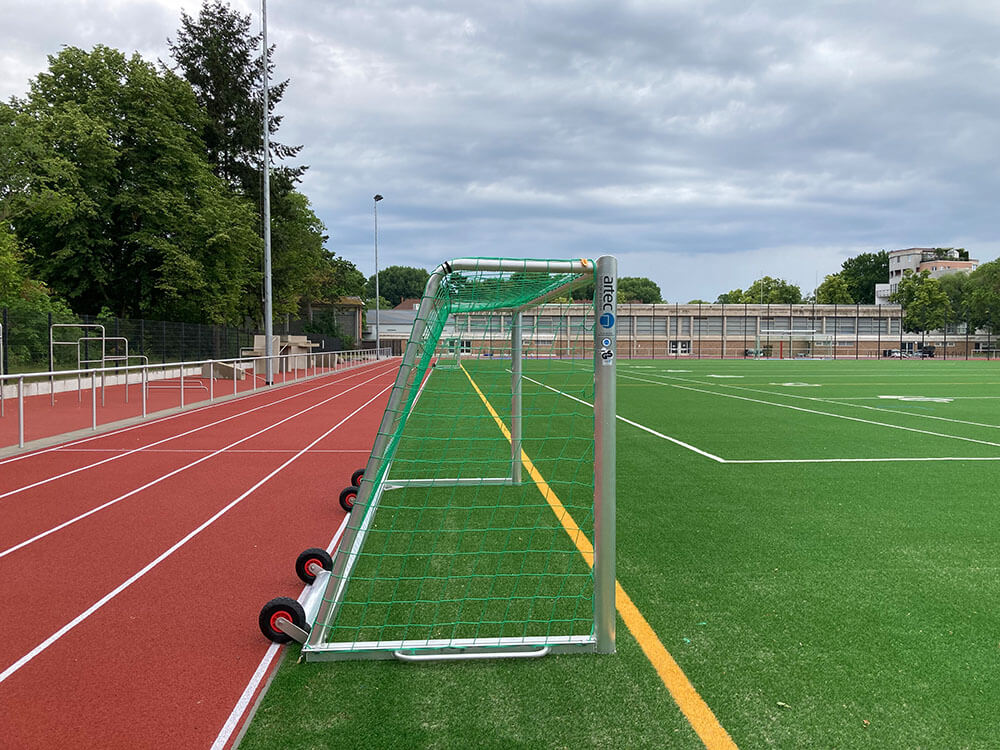
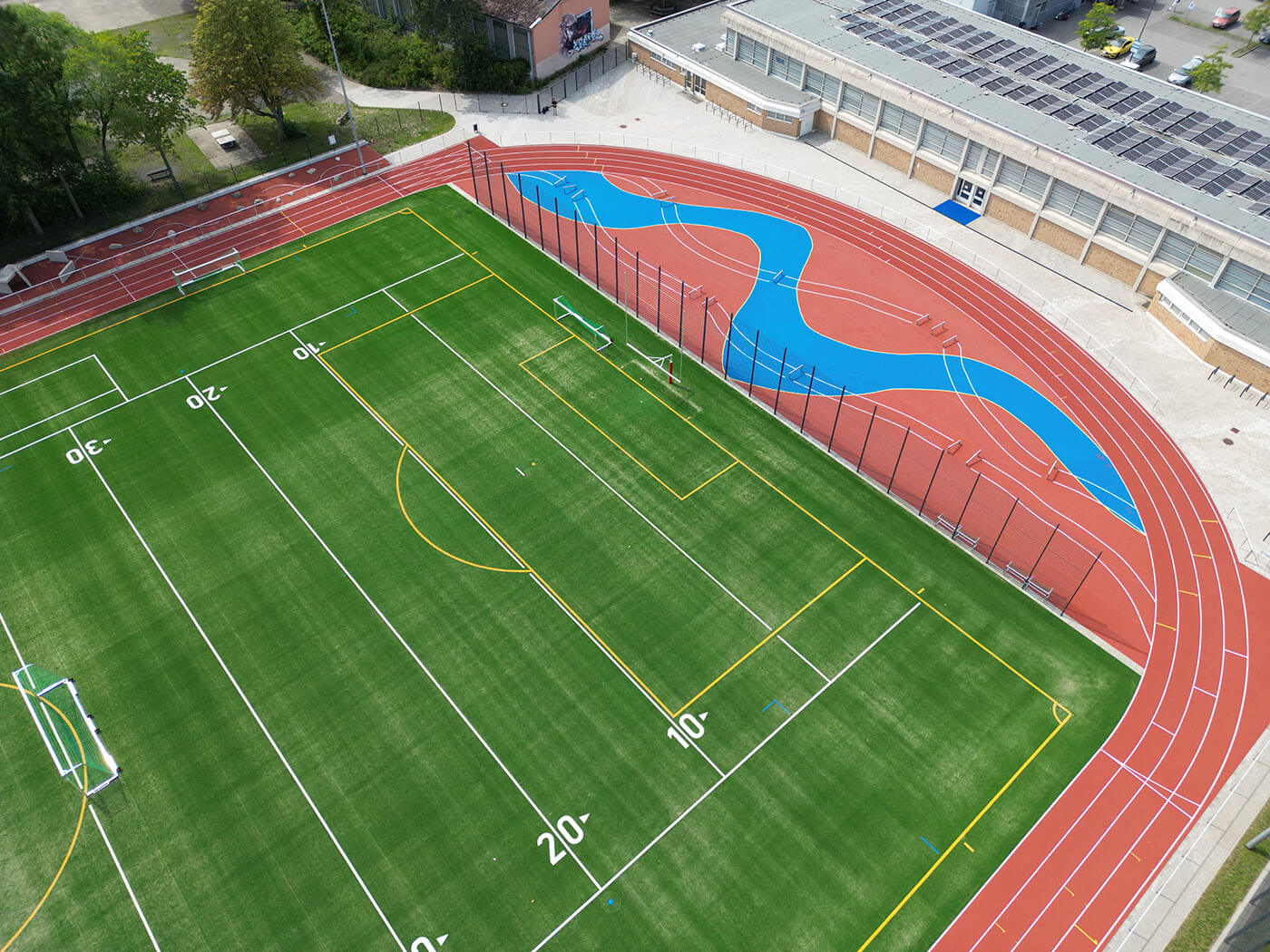
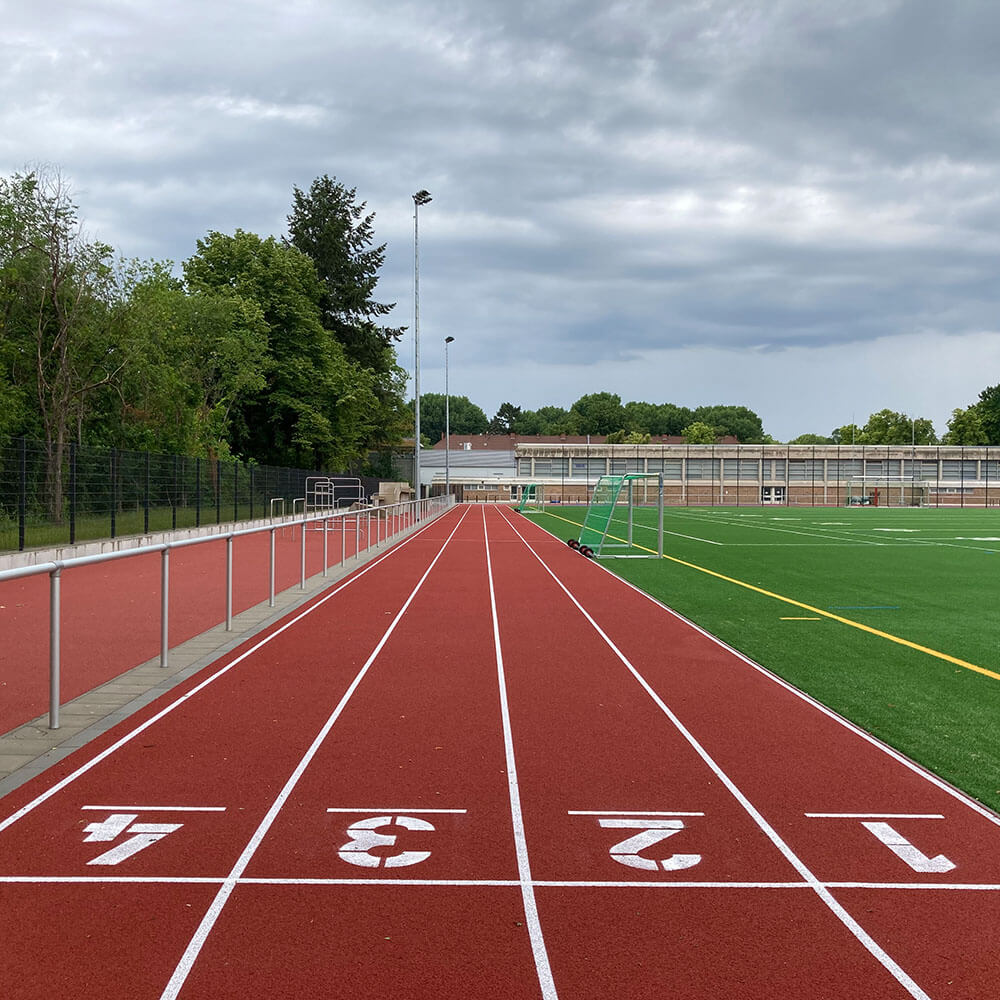
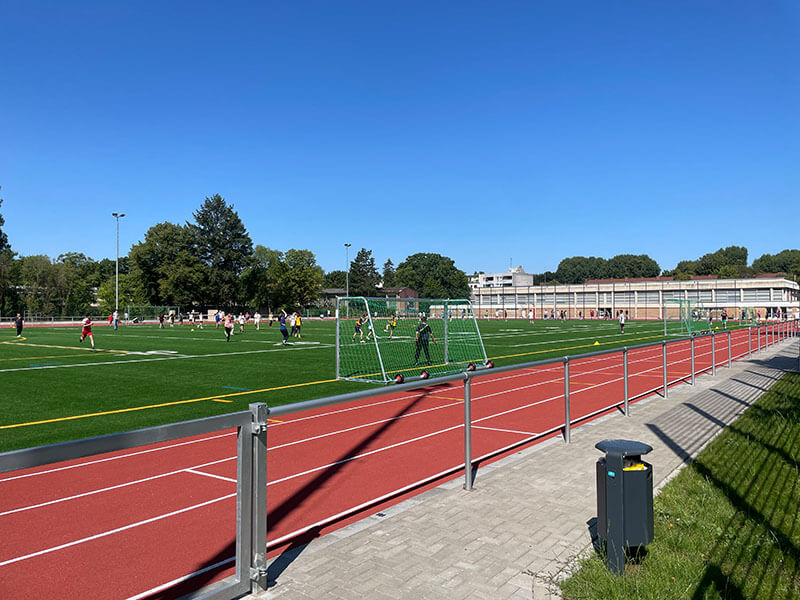
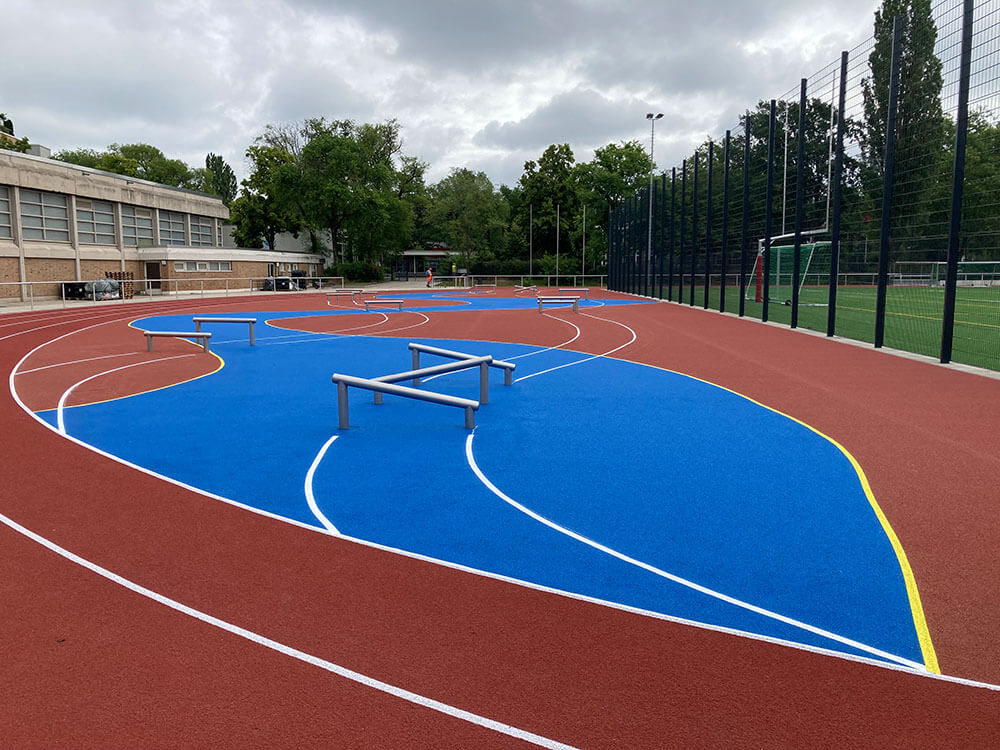
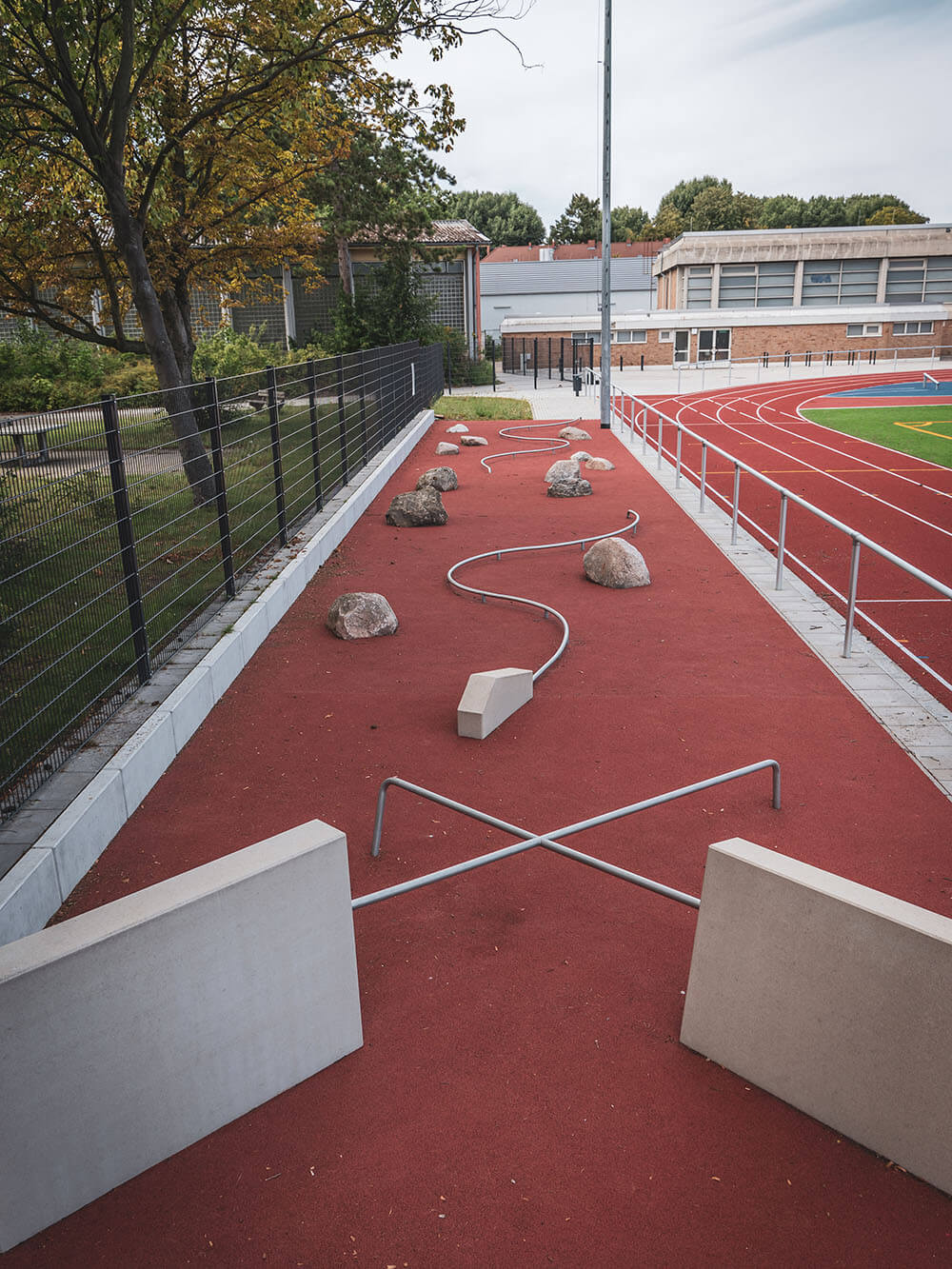

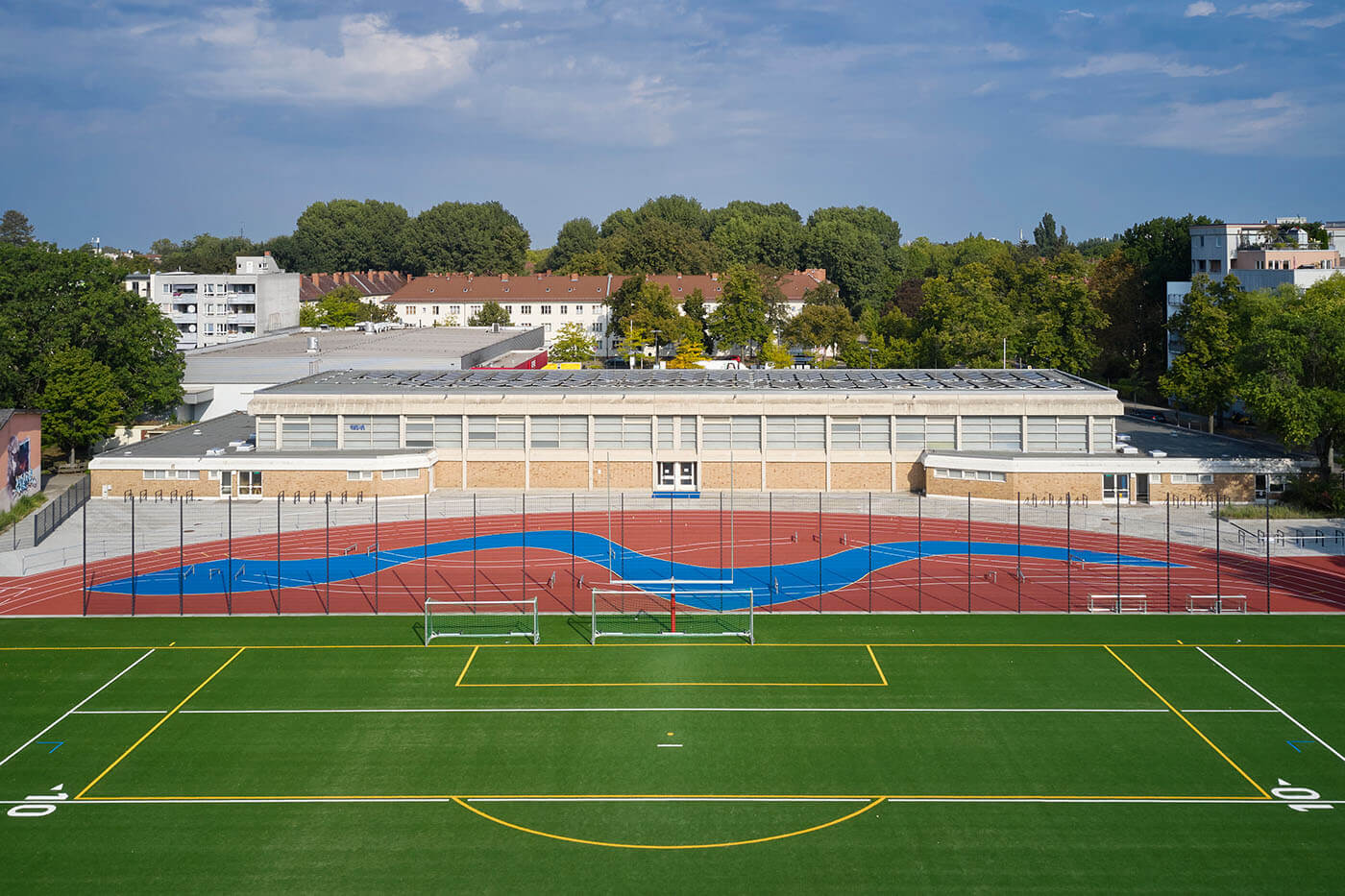
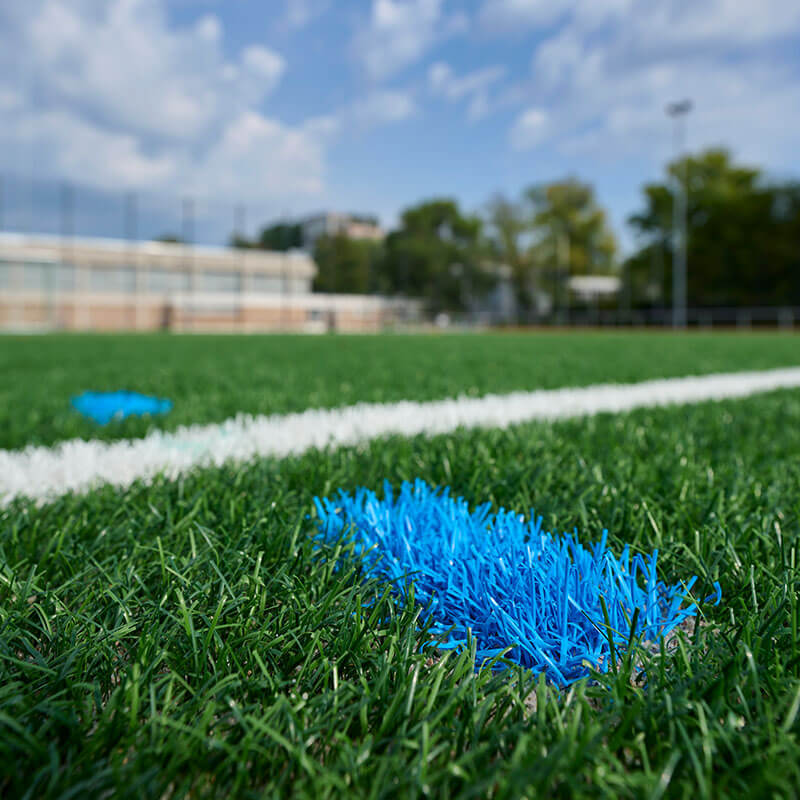
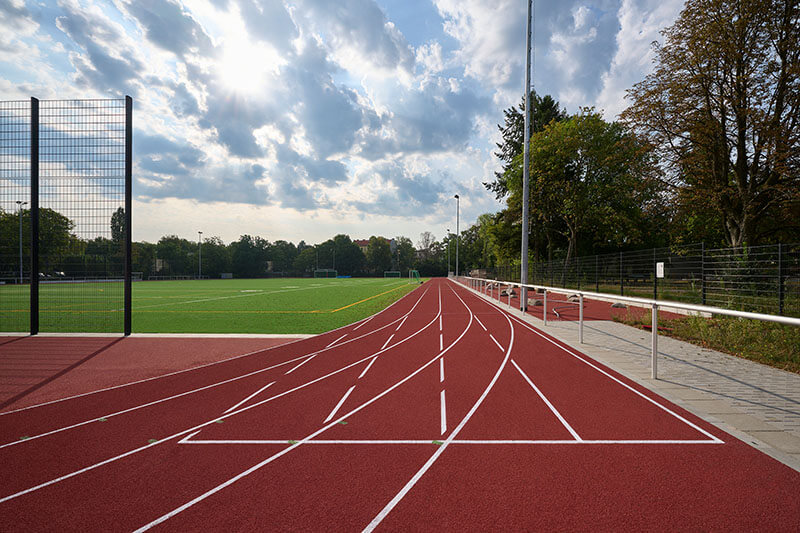
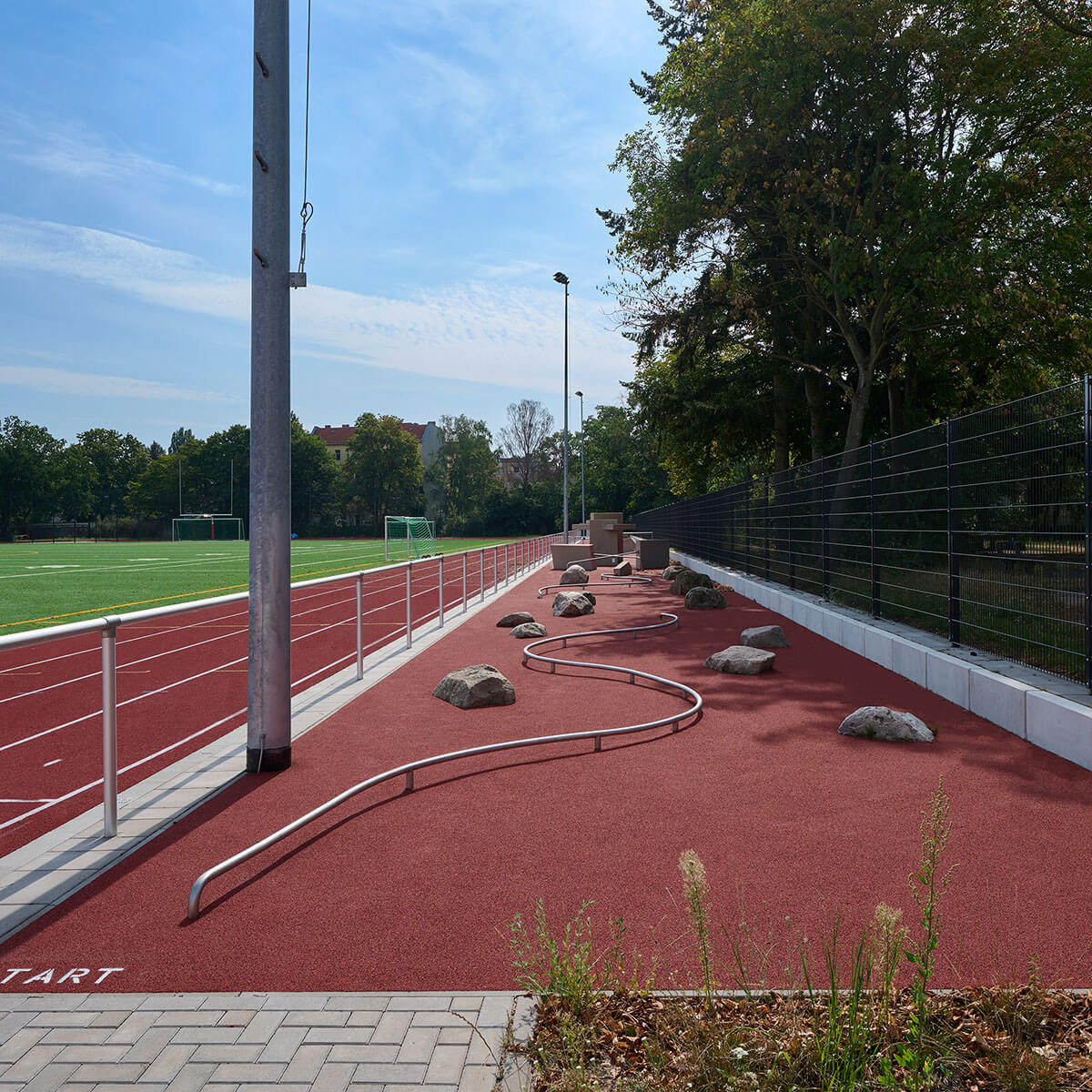
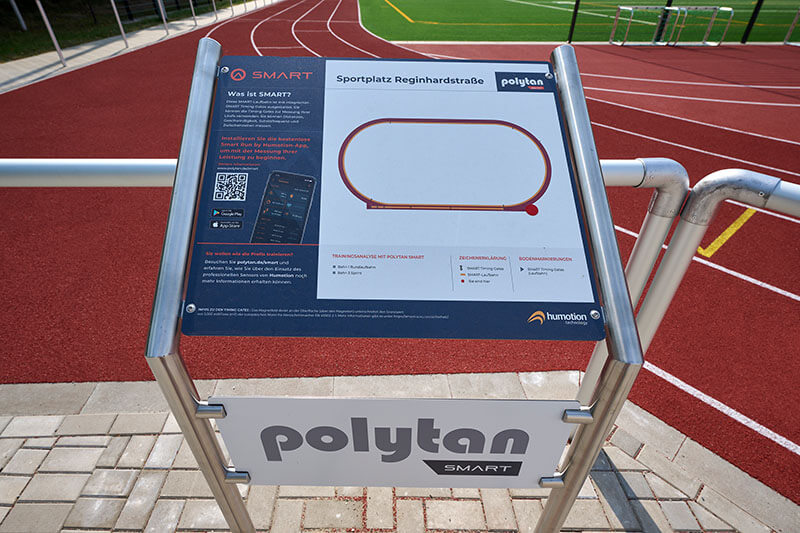
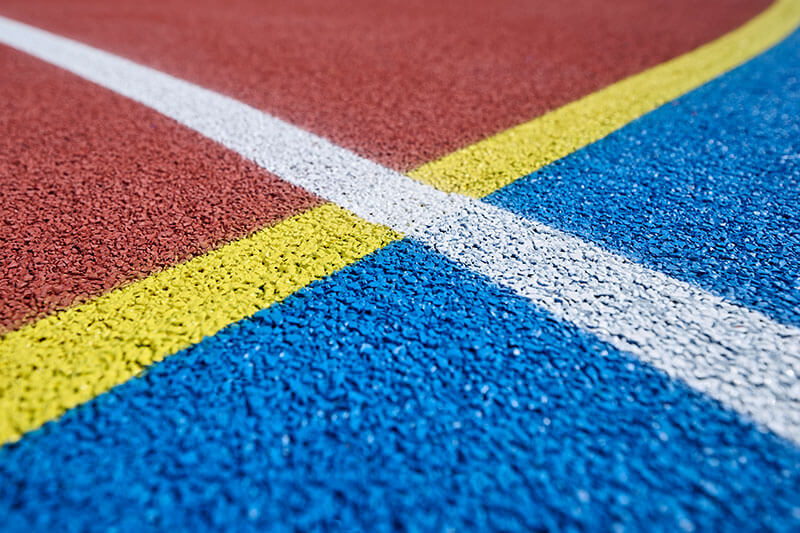
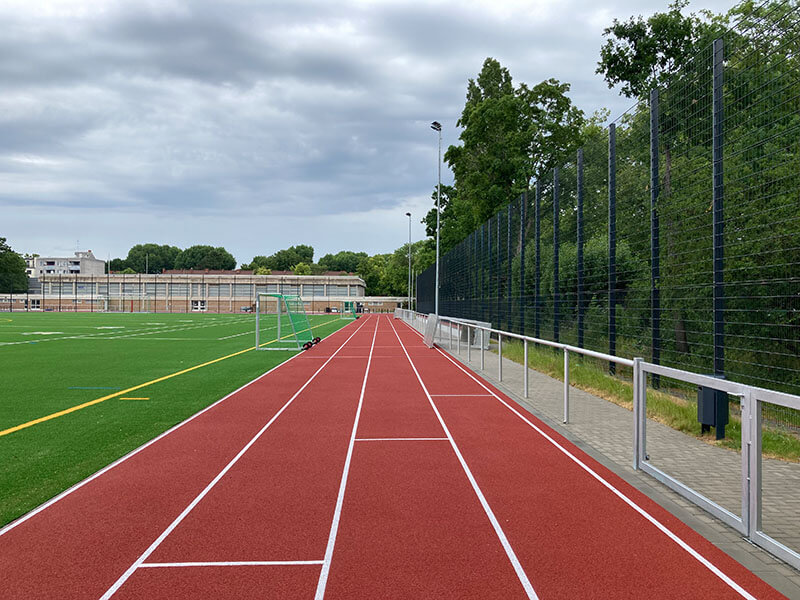
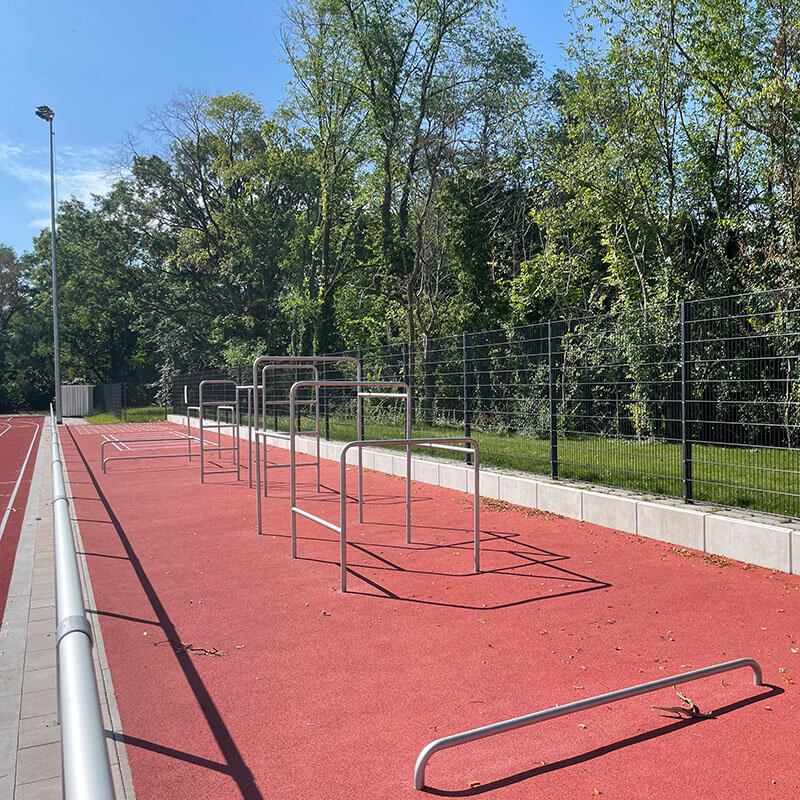
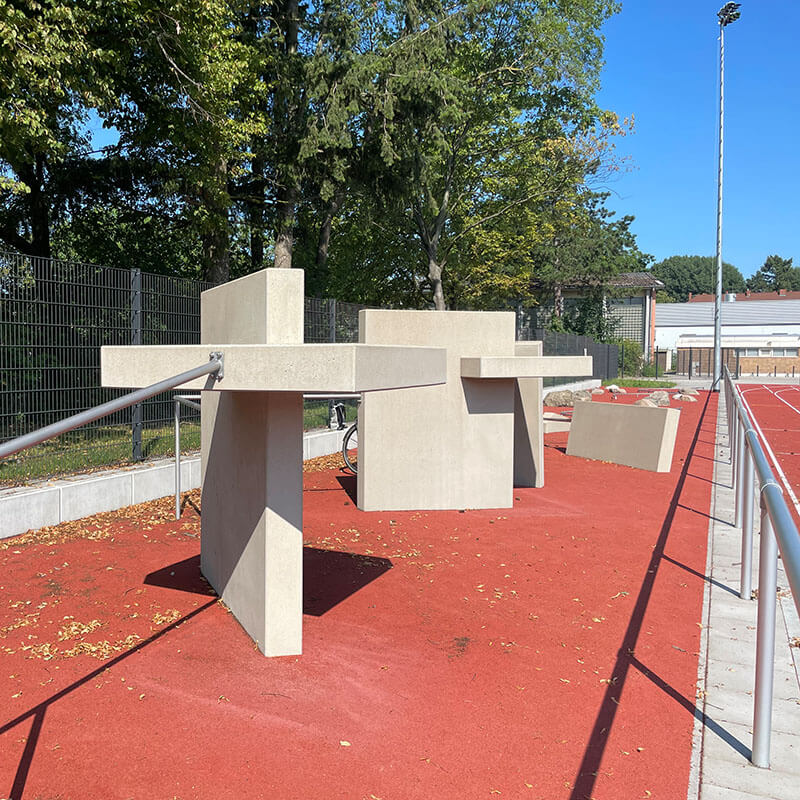
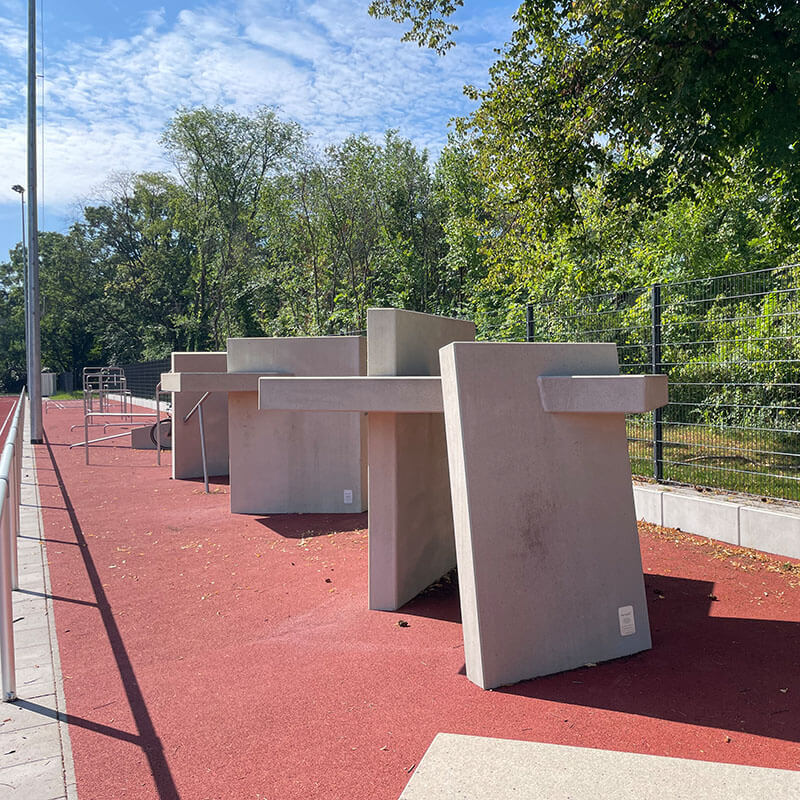
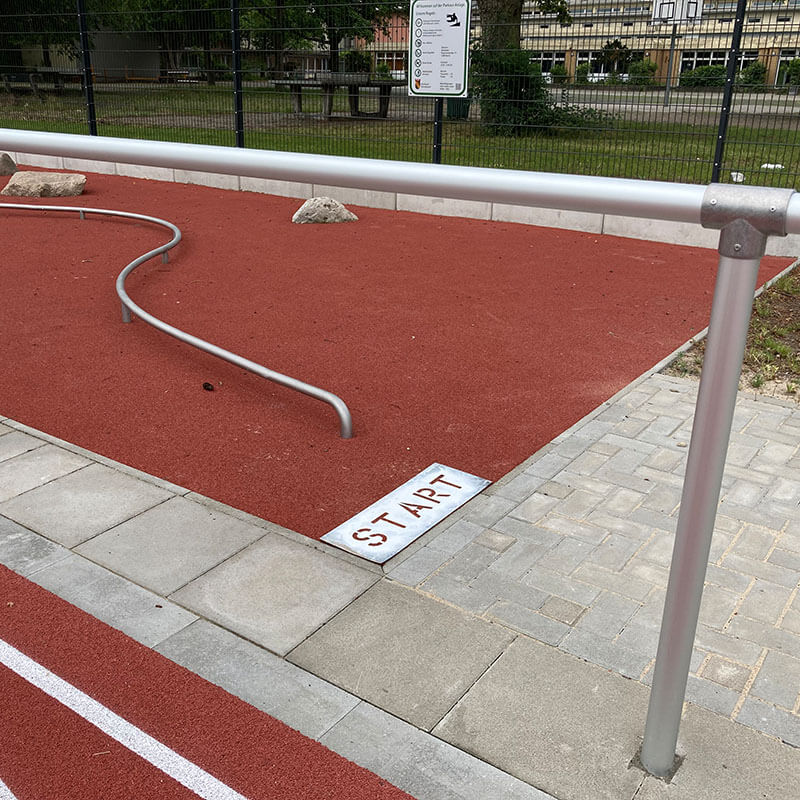
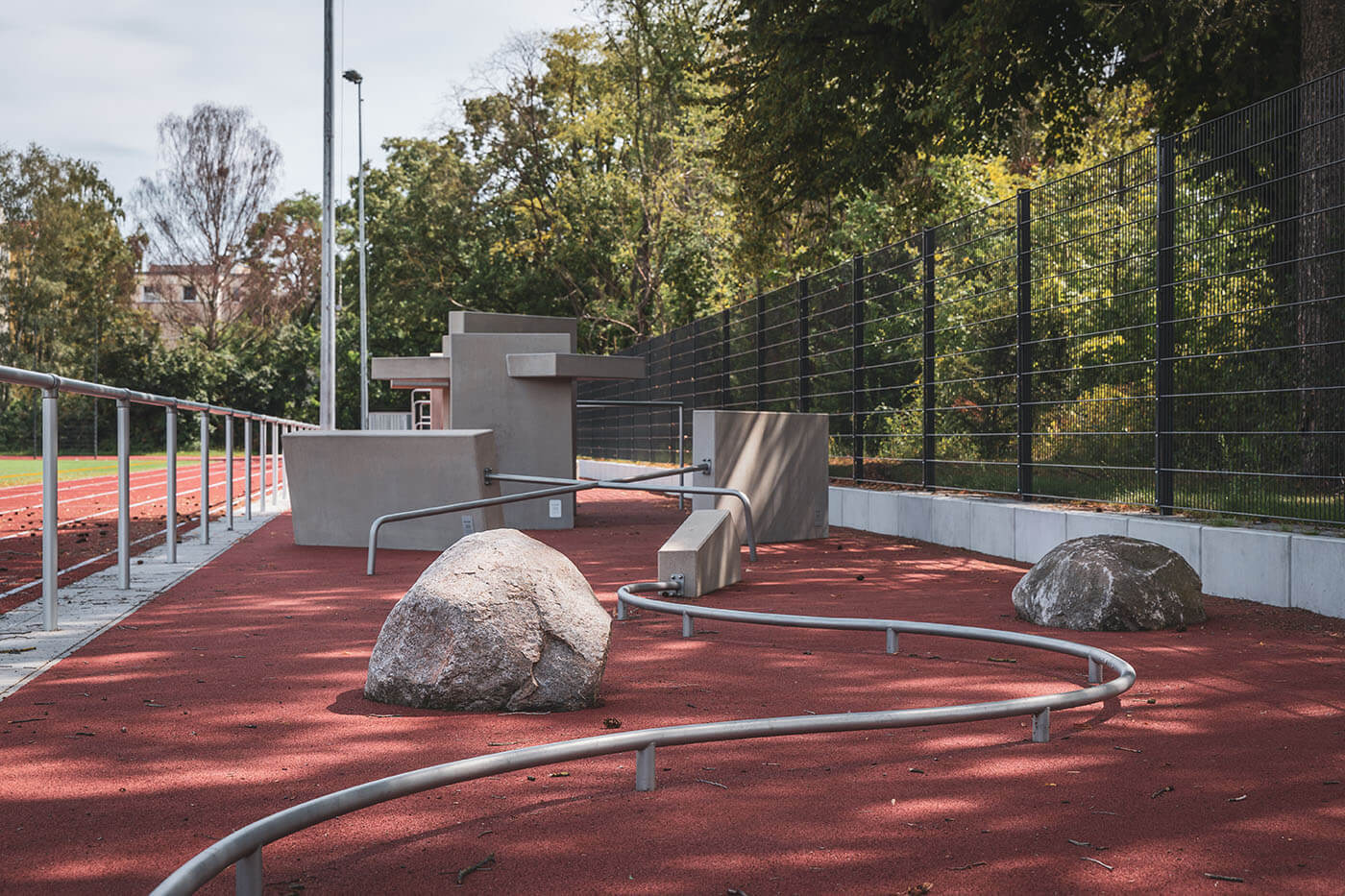
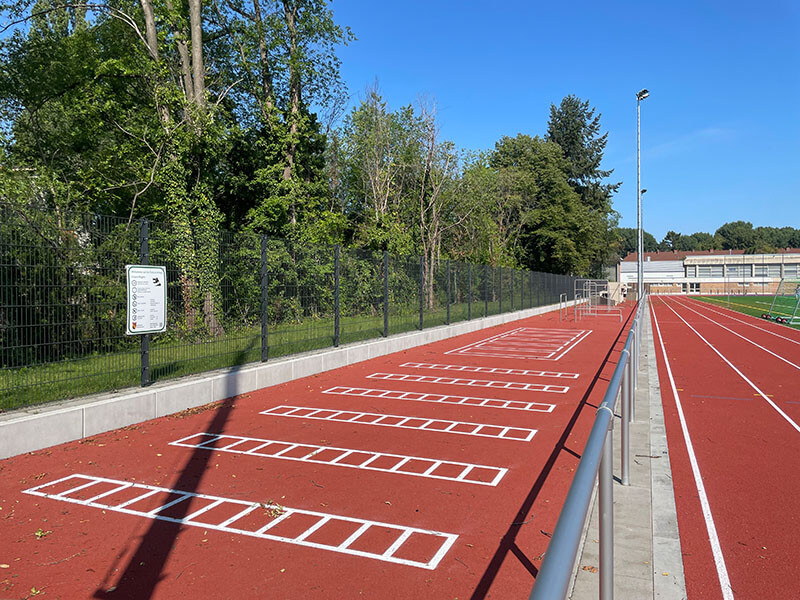
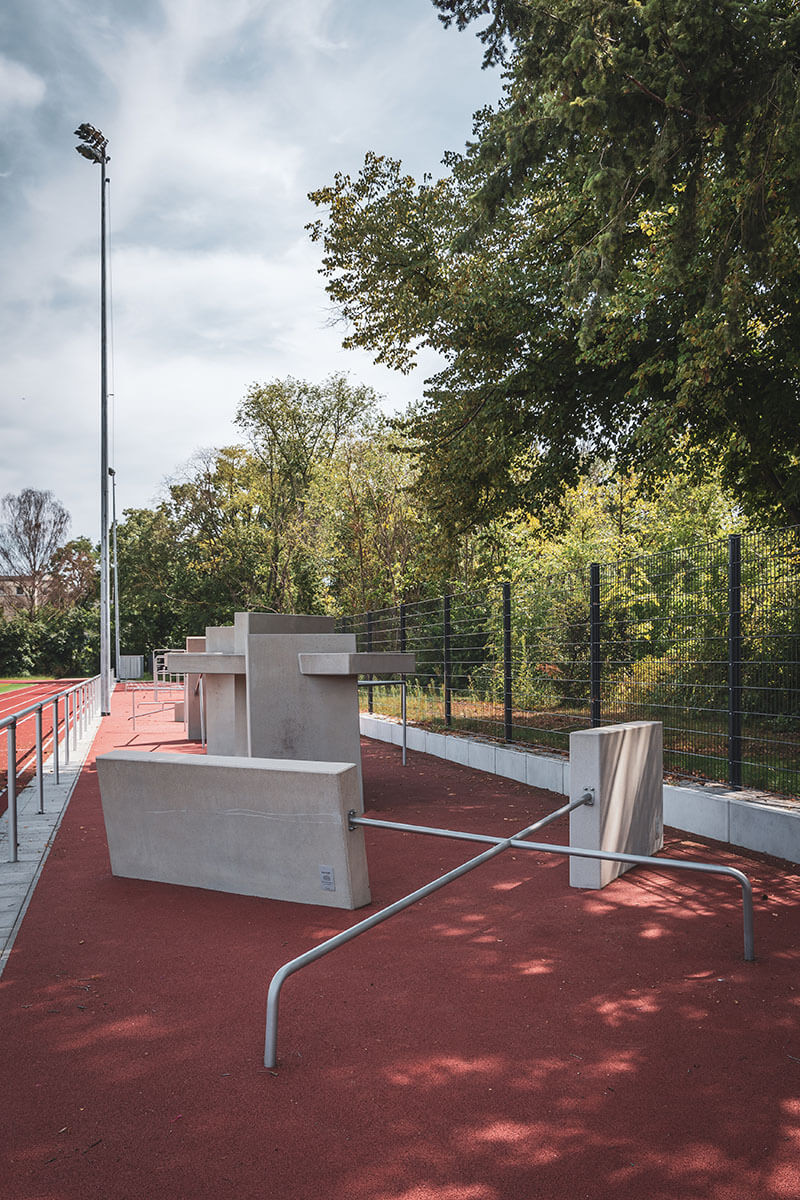
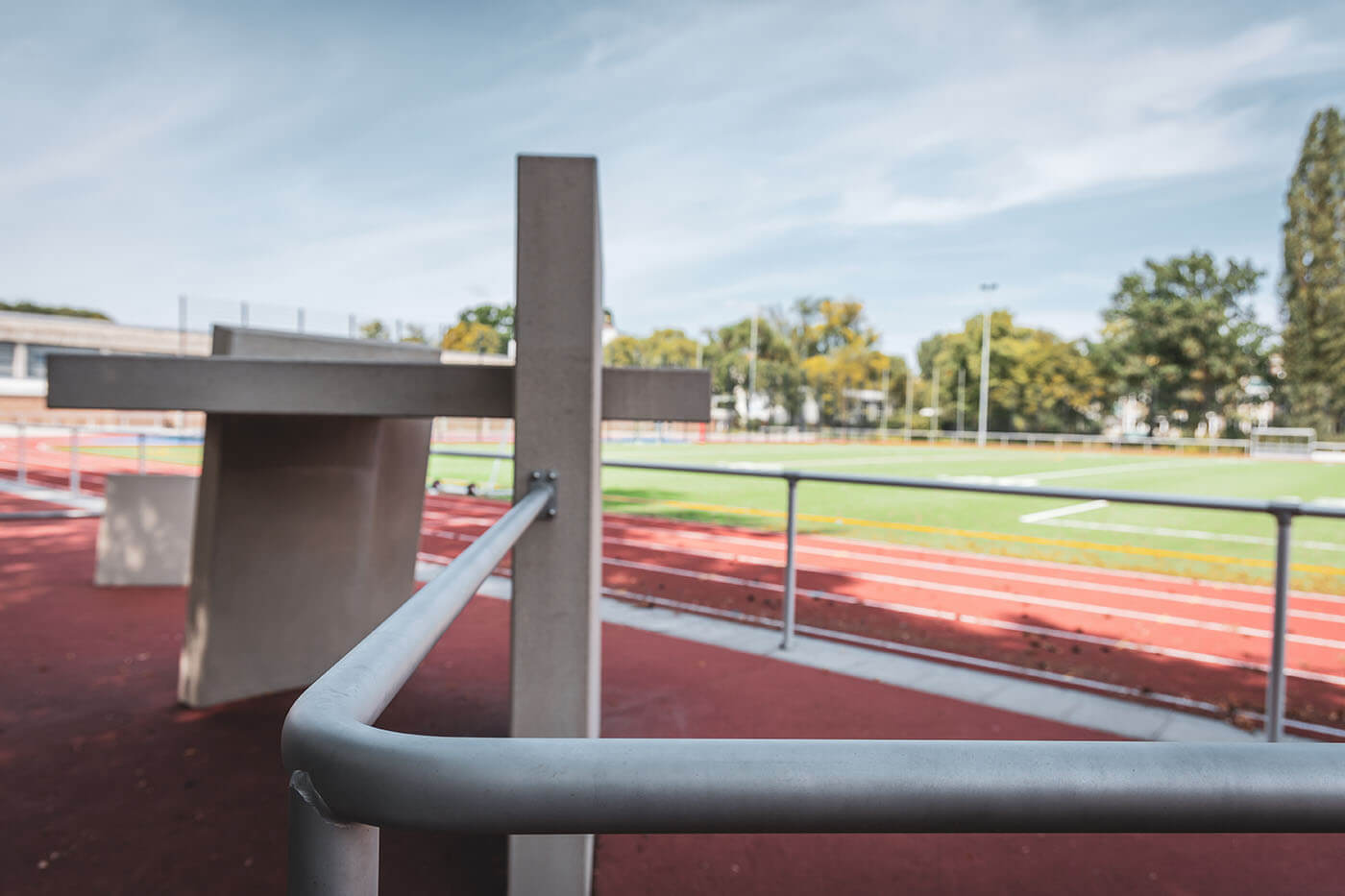
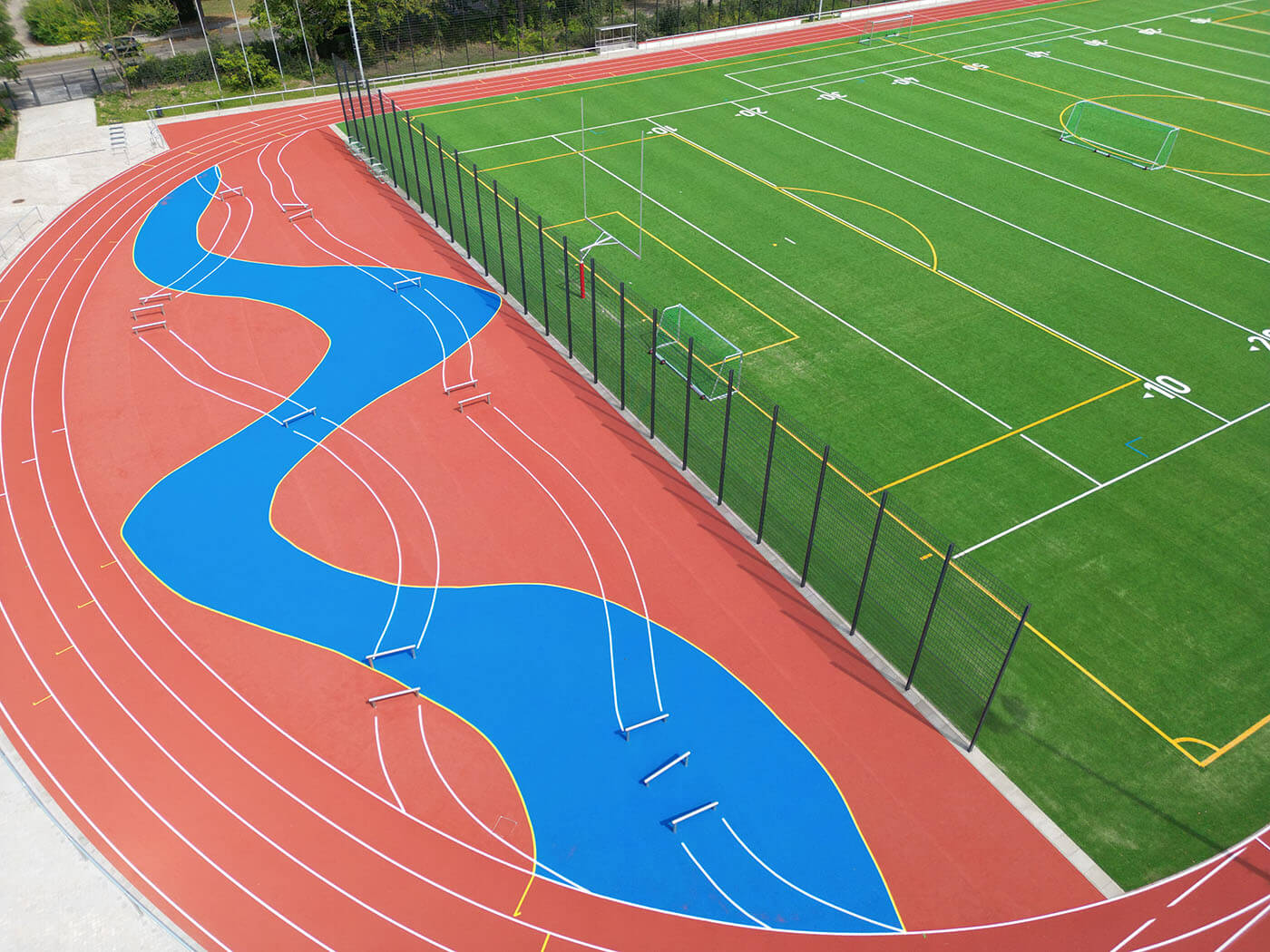
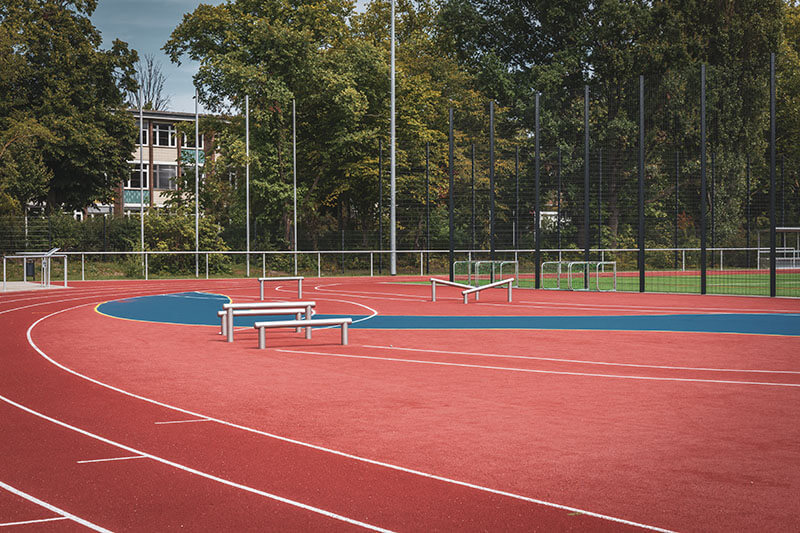
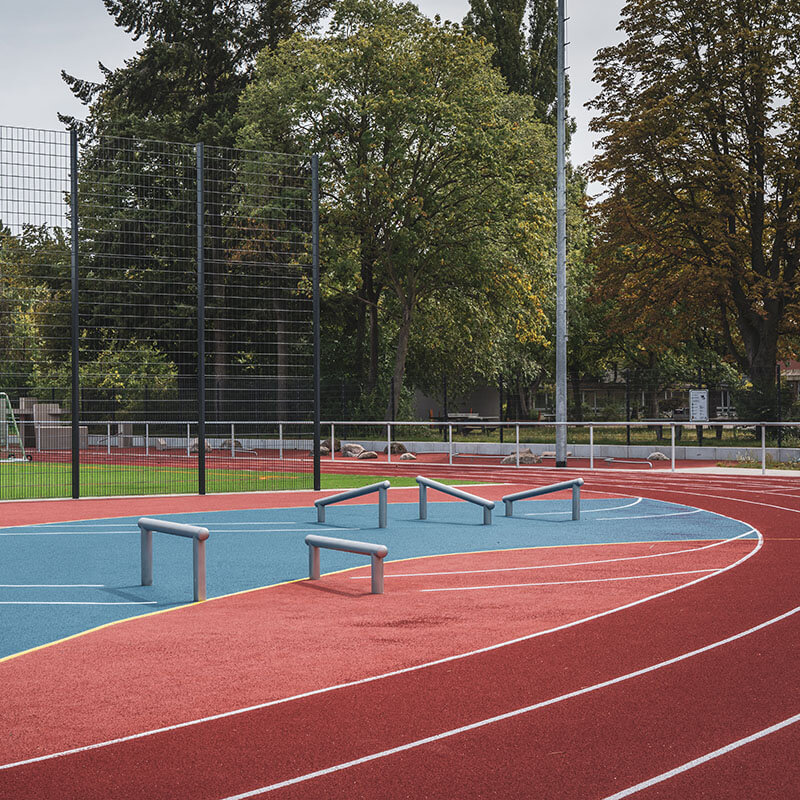
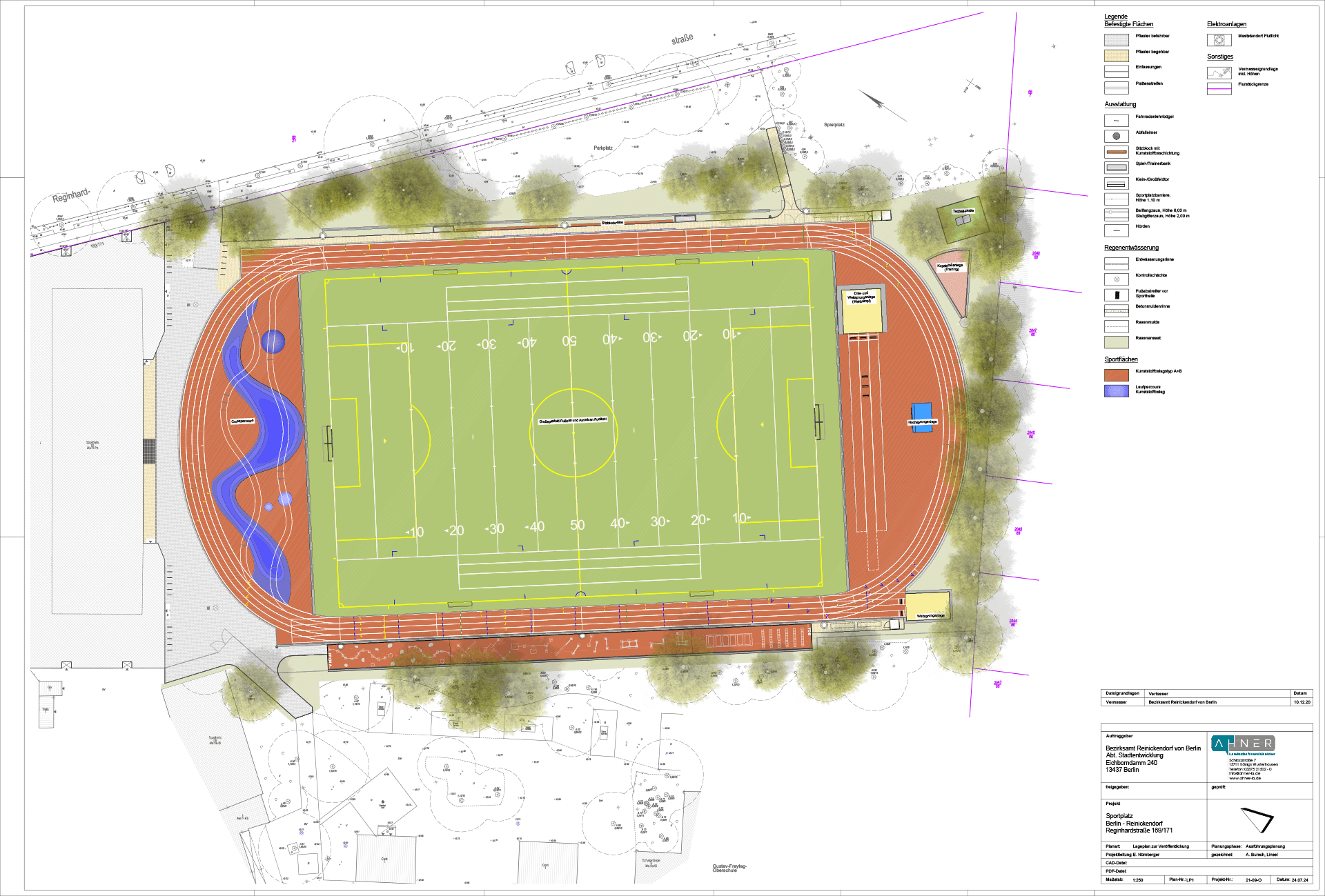
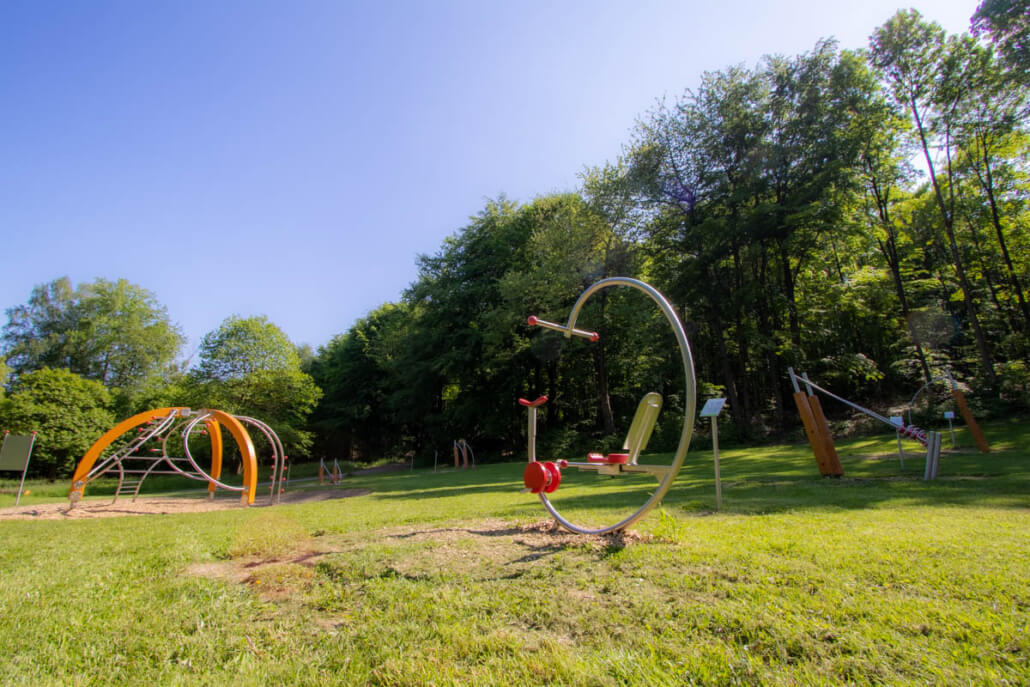

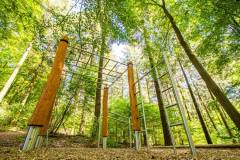
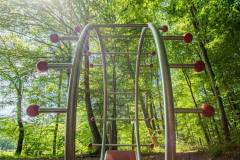
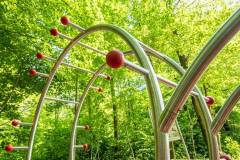
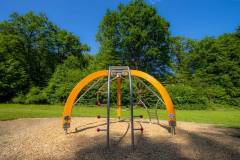





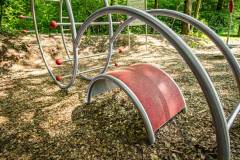
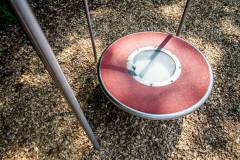
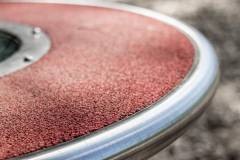
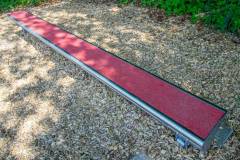




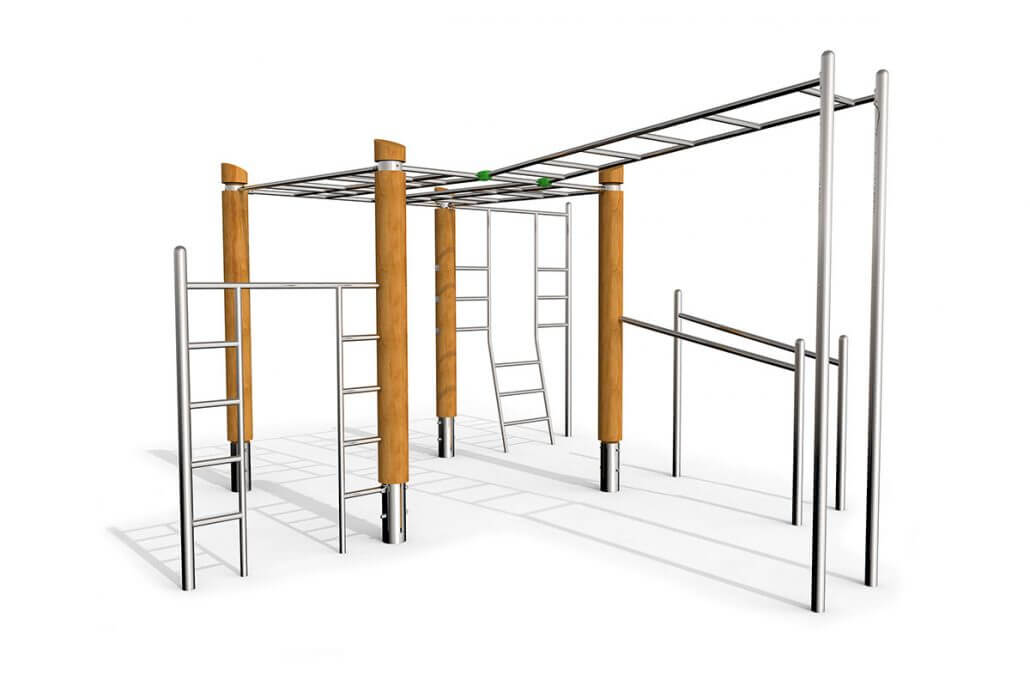

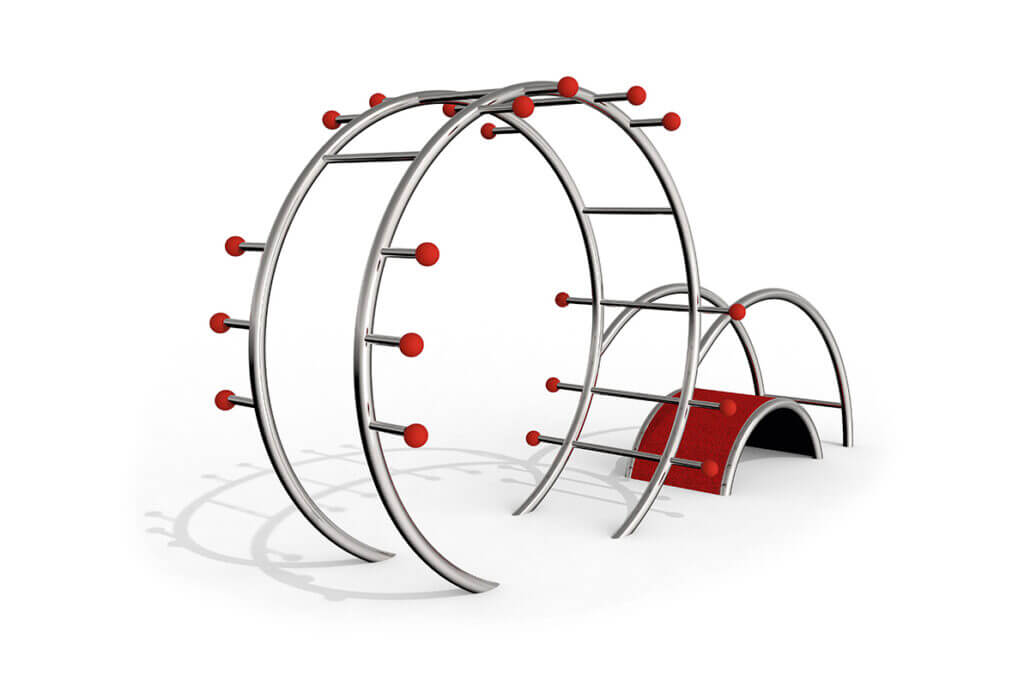
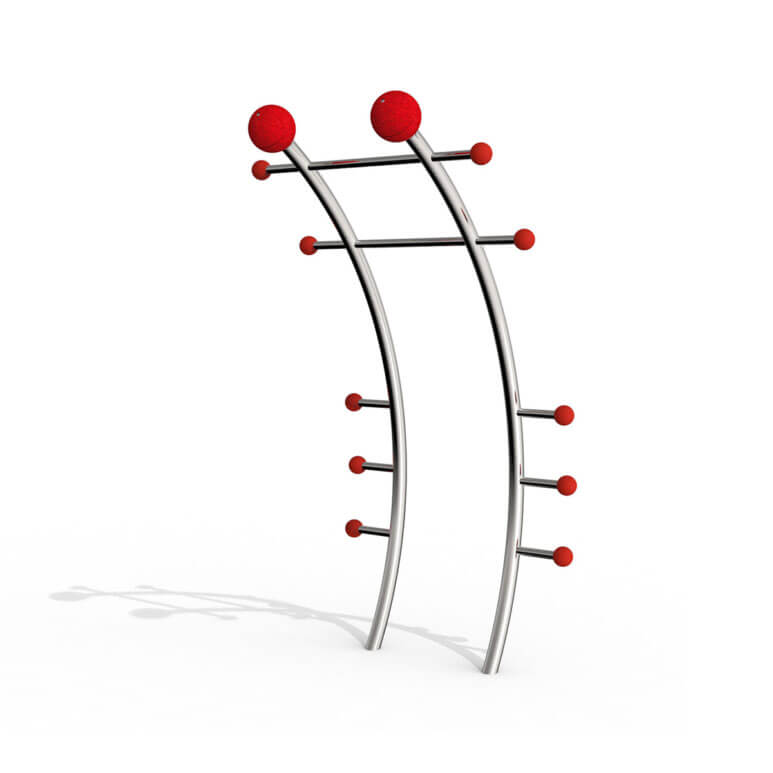
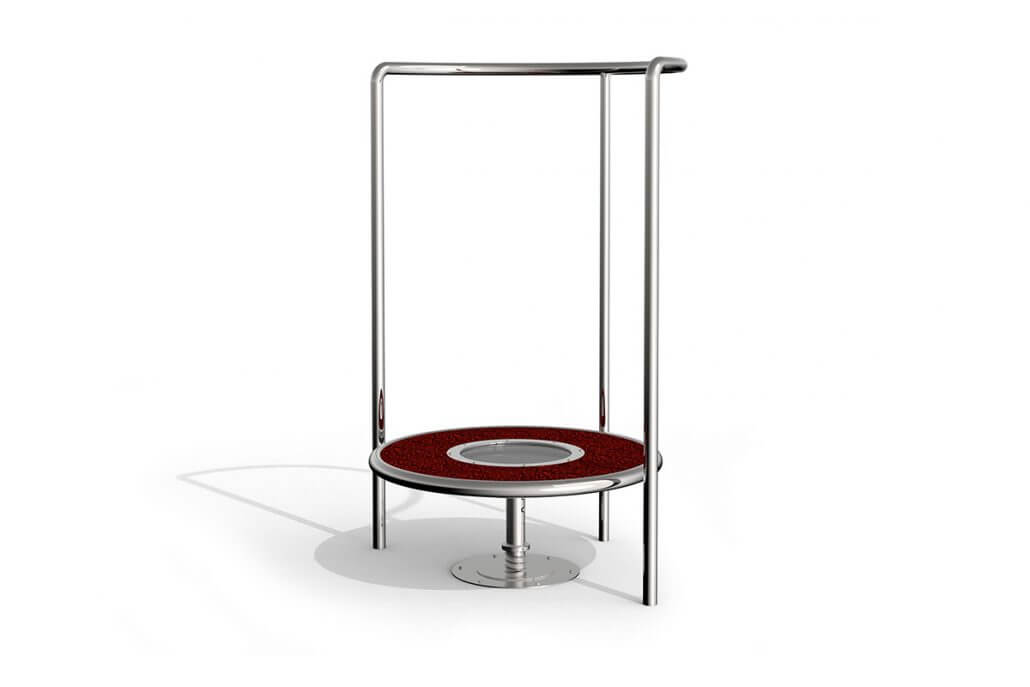
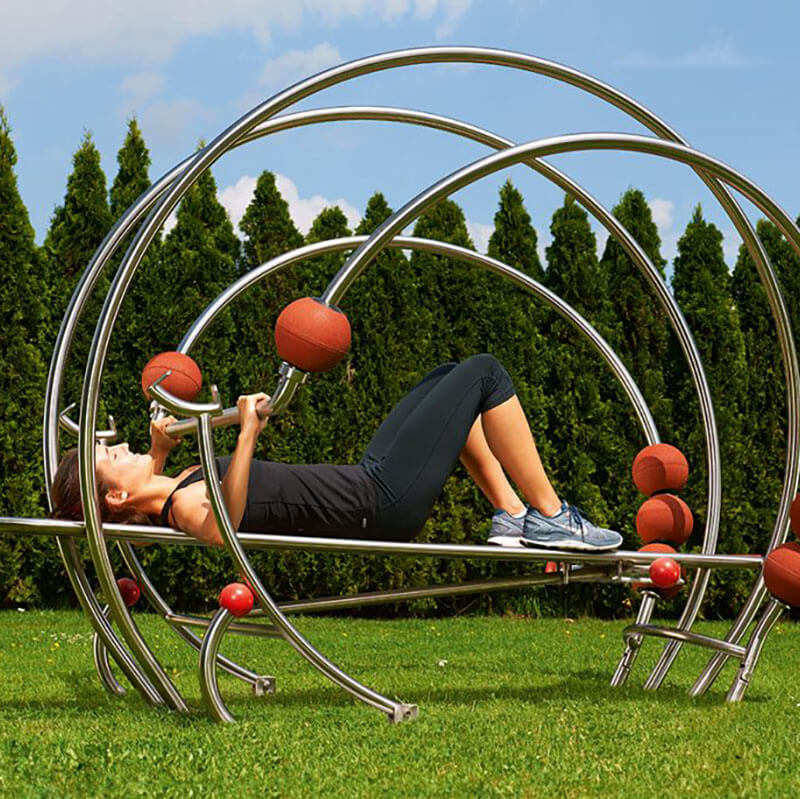
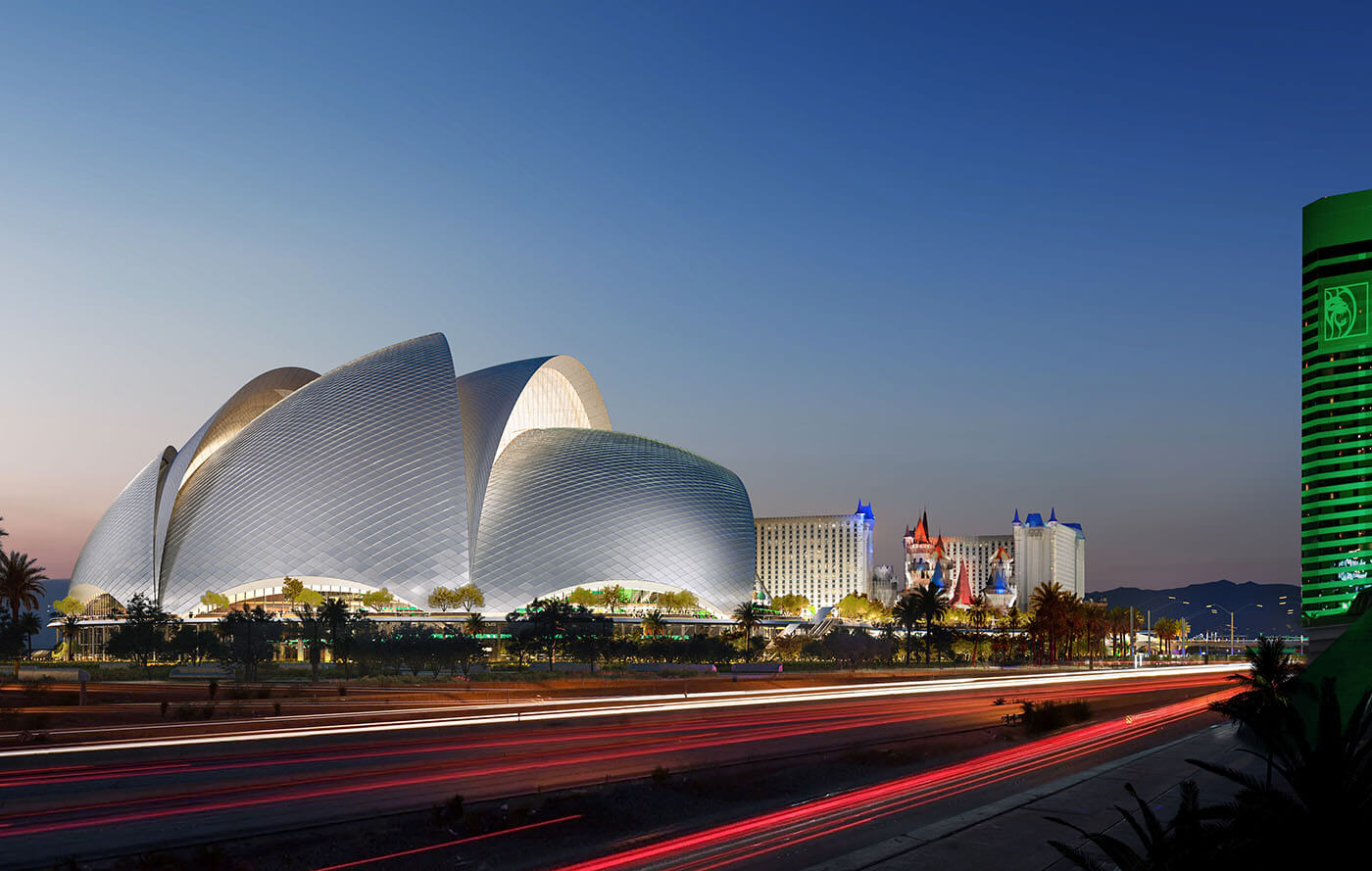
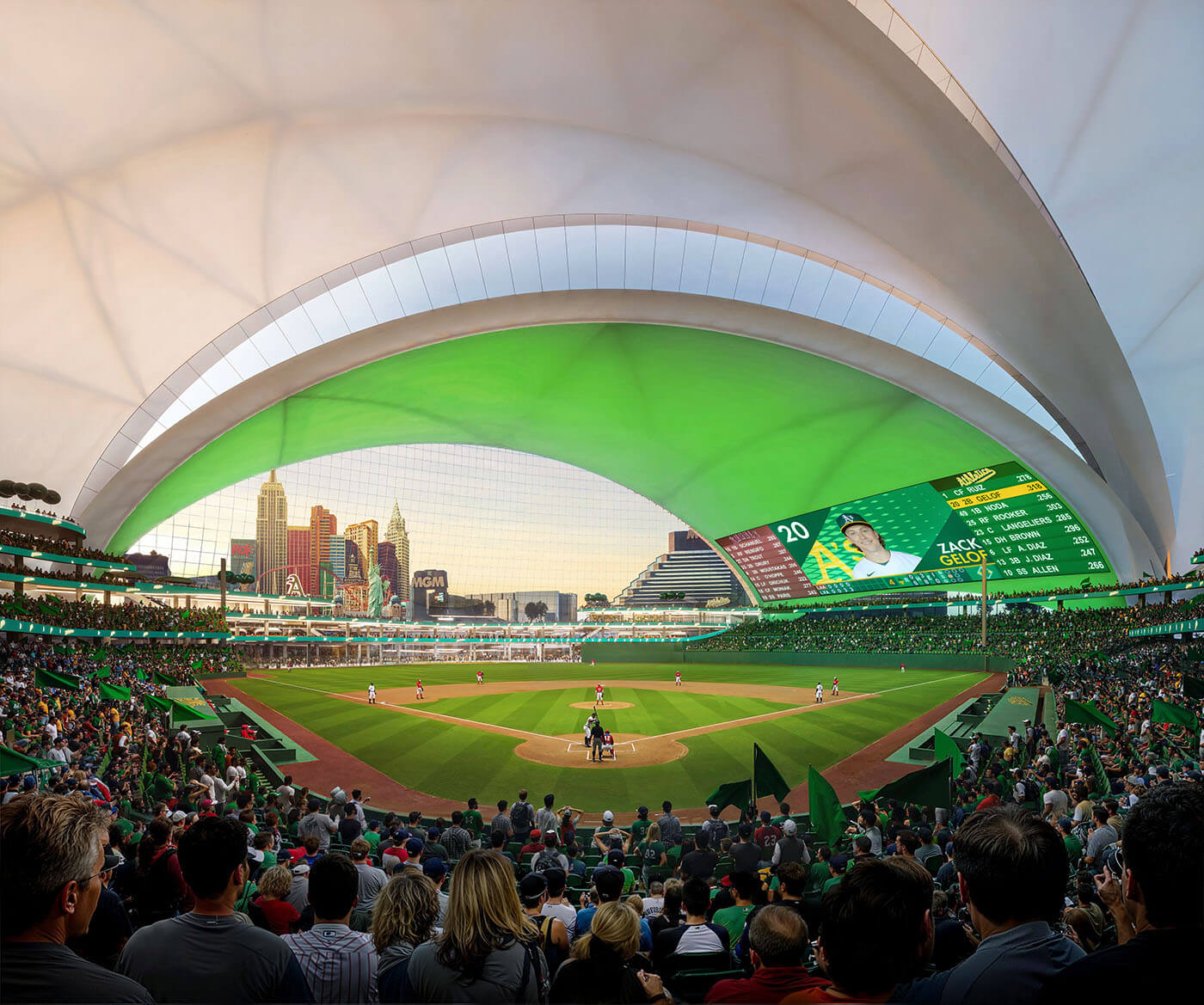
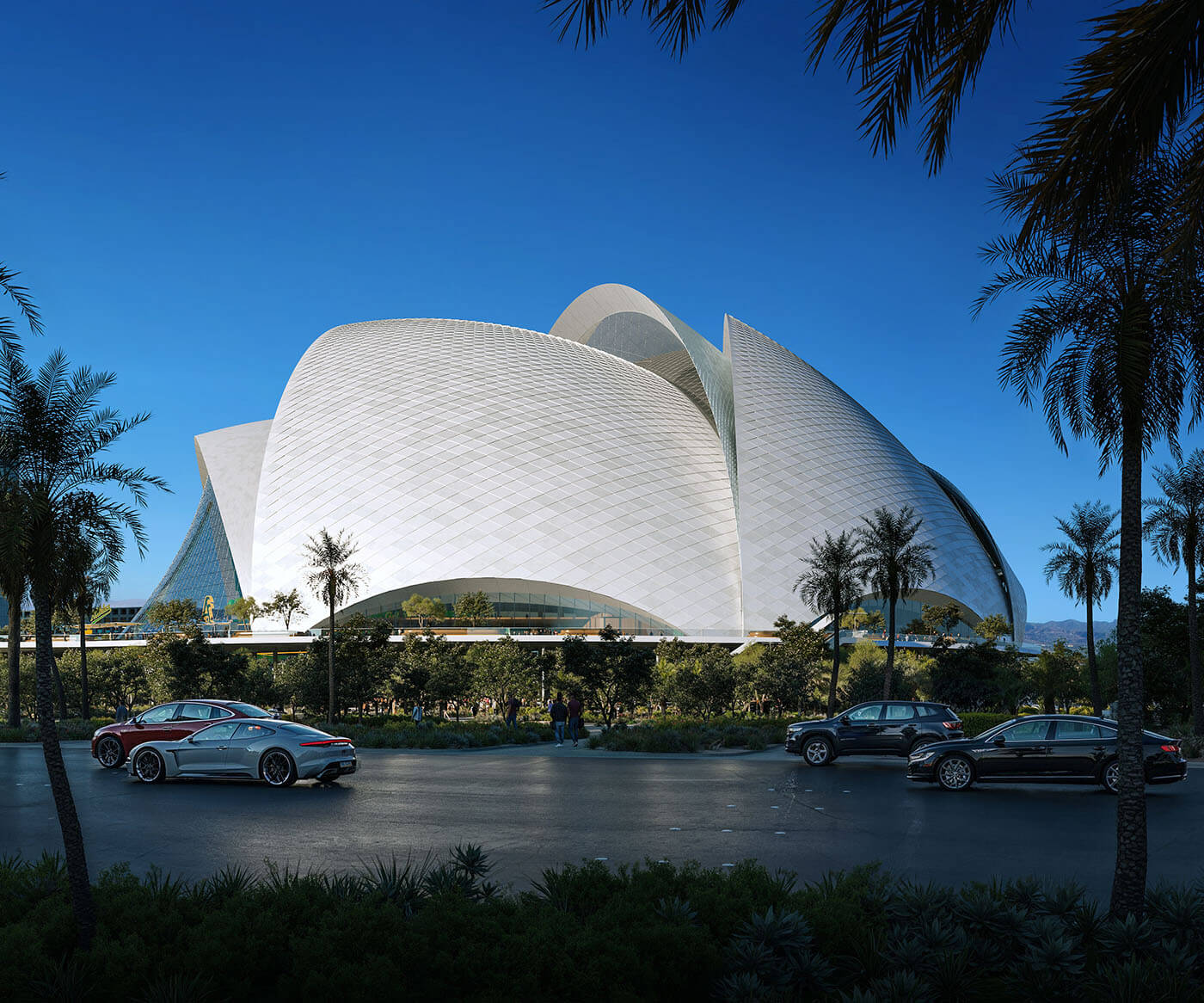
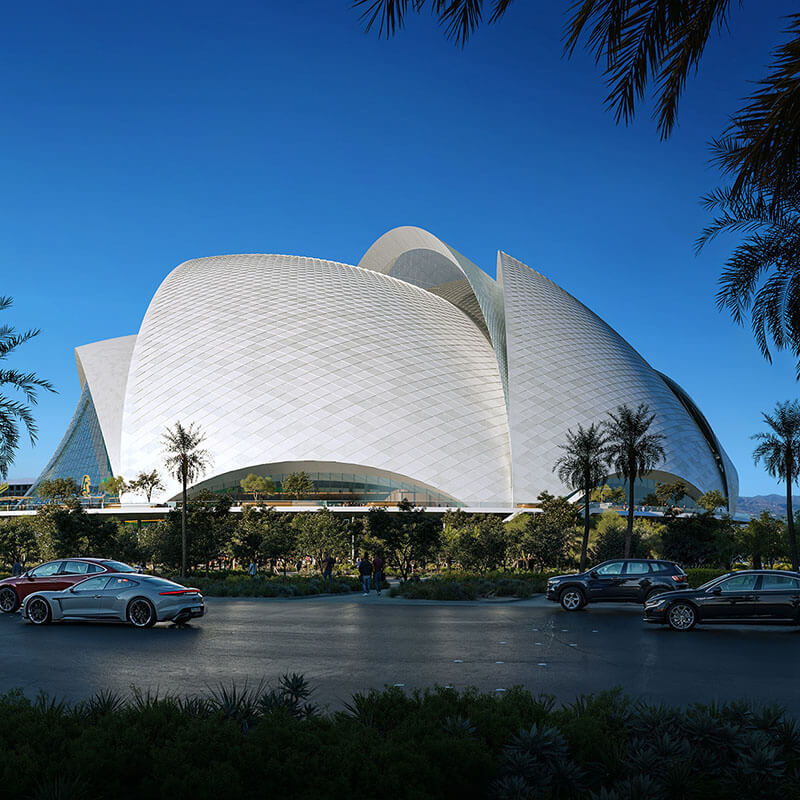





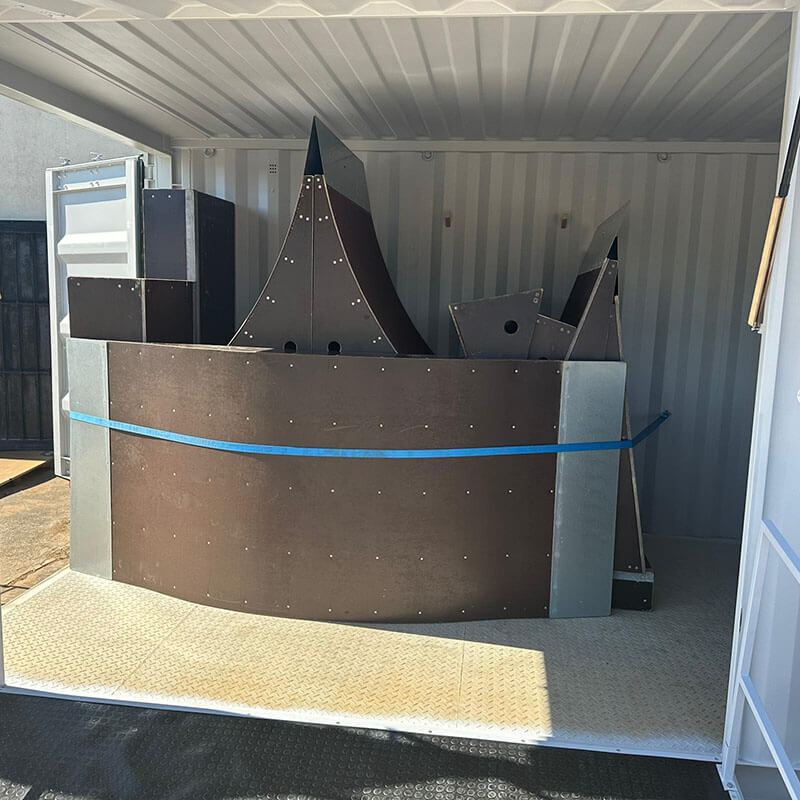





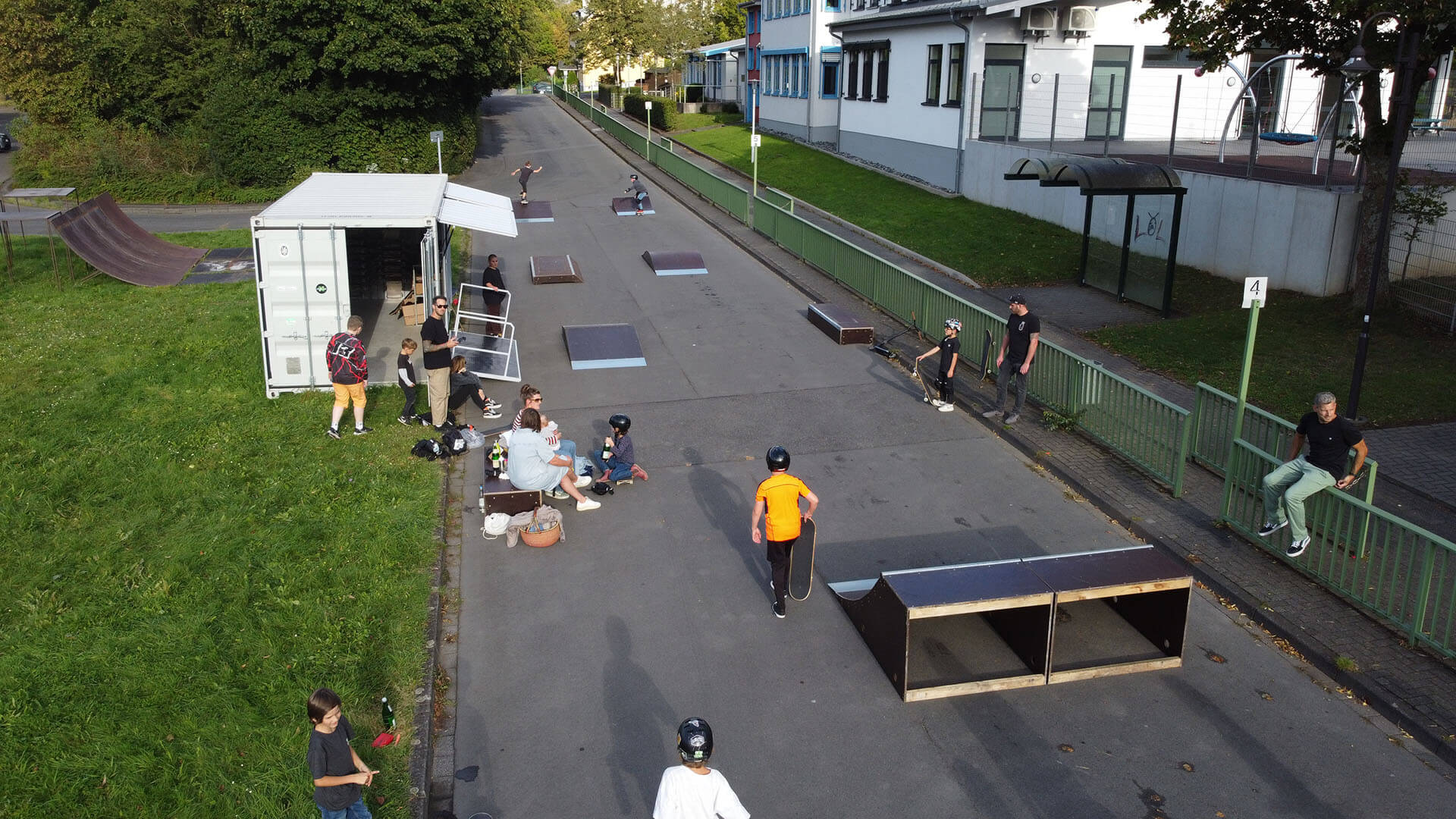
![800x8ßßpx_39541647228104_.pic[54847]](https://moresports.network/wp-content/uploads/2023/10/800x8sssspx_39541647228104_.pic54847.jpg)

